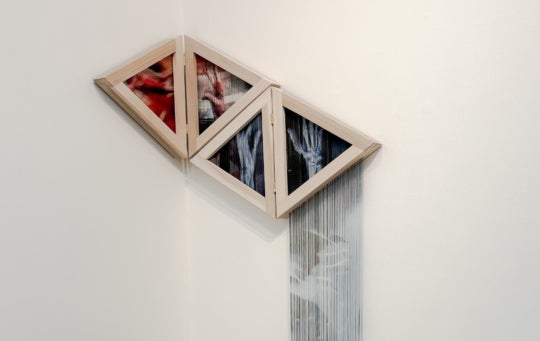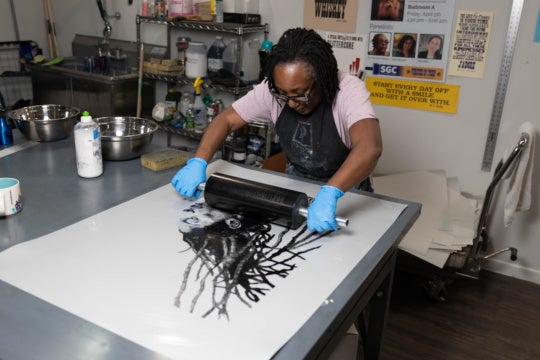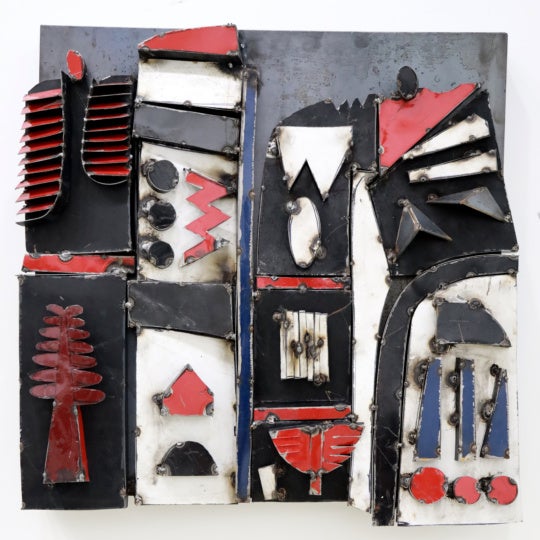


Sites for social bathing have an ancient history. In America, resorts around natural mineral springs began in the late eighteenth century and peaked in popularity during the middle 1800s. The majority ran the length of the Appalachian Mountains from New York to Alabama, but the highest concentrations were located in the Blue Ridge Mountains near Virginia and West Virginia.
Wealthy white southerners visited these resorts for their distinct mineral waters, categorized as saline, sulphur, chalybeate, alkaline, calcic, and thermal, each claiming different medicinal properties. In addition to drinking and bathing, the resorts were highly social, offering entertainment from outdoor activities and live music to gambling and elaborate balls. The competition for clientele incentivized resorts to provide increasingly elaborate amenities. It was common to tour the various springs during the summer months.
In urban areas, bathhouses provided similar health benefits and socialization. Before indoor plumbing was widely available, local bathhouses were the place to bathe. During the late nineteenth and early twentieth century, when homosexual activities were illegal, bathhouses became places where gay men could meet with some degree of safety and privacy.
I was interested in the historic lineage between the mineral spring resorts and bathhouses. This search uncovered more complex questions about the queer history, evidence, and desire.
This piece is interactive and best viewed on desktop; hover over each of the blurred images to reveal the clear images.
“The goddess that these people
worshipped was Hygeia, high
priestess of healing. This was her
temple and coming out of the
earth directly under the dome
was her medicine, welling up in
a reservoir several feet deep, the
extraordinarily clear water of the
White Sulphur Spring itself.”
PR
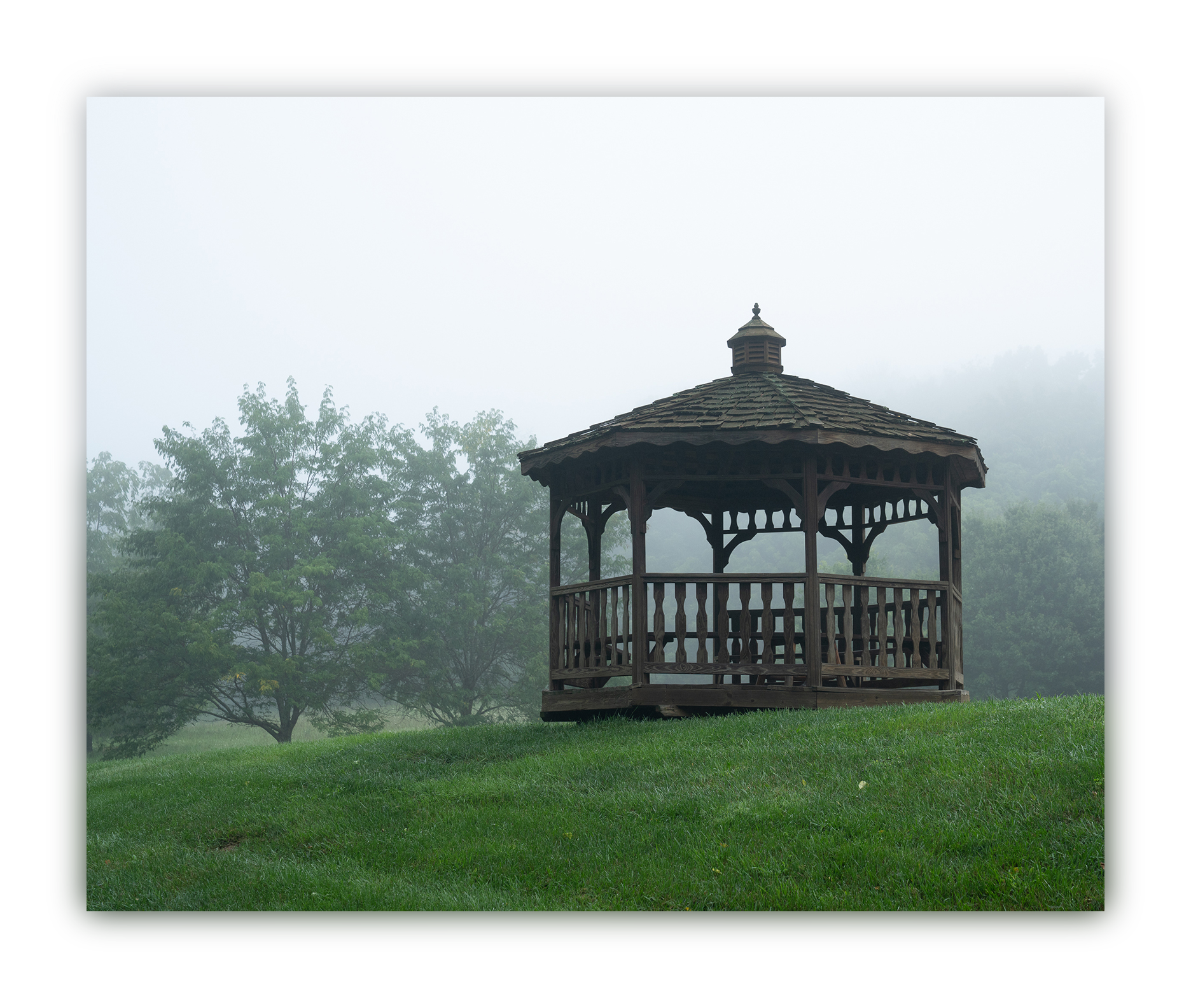
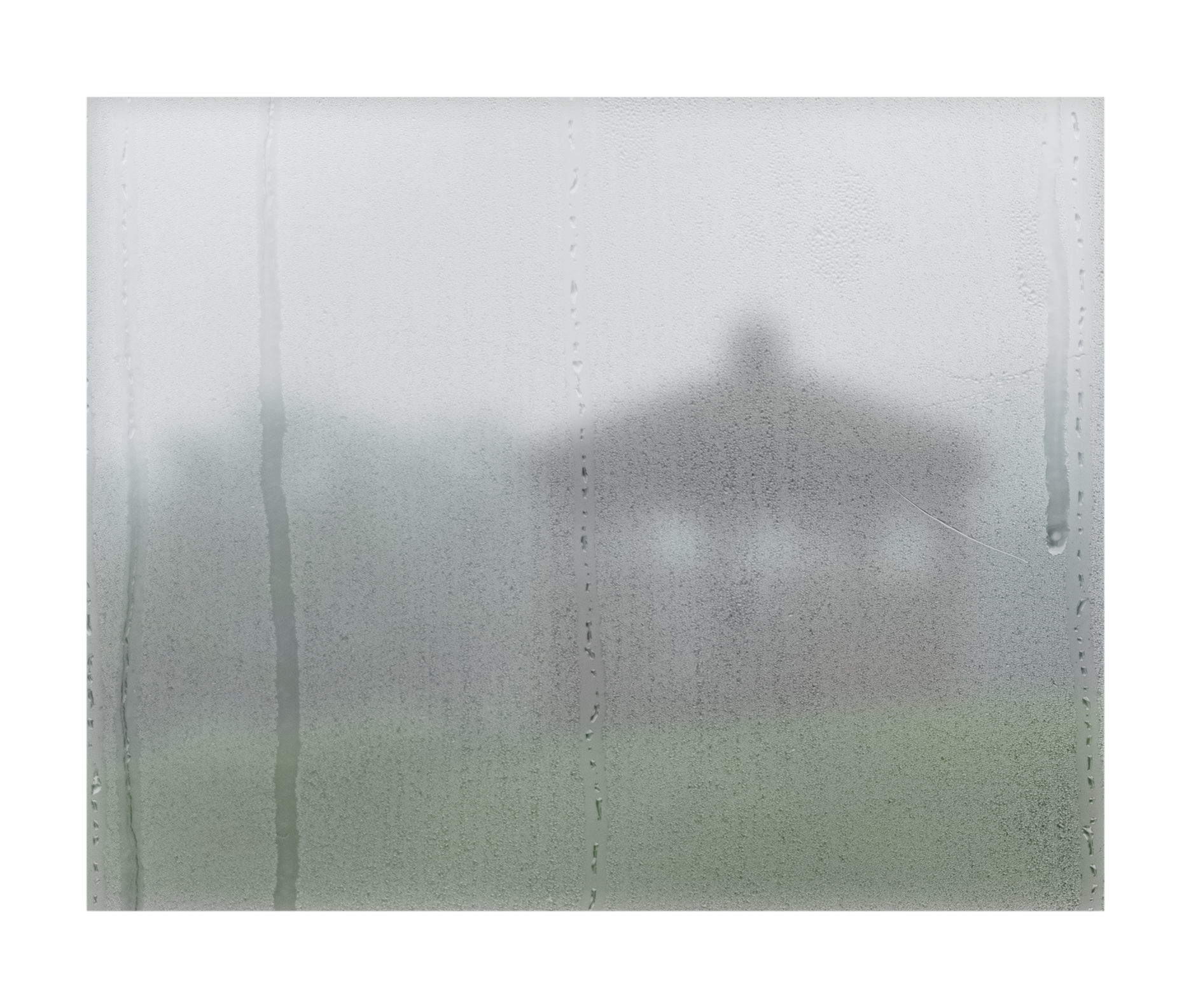

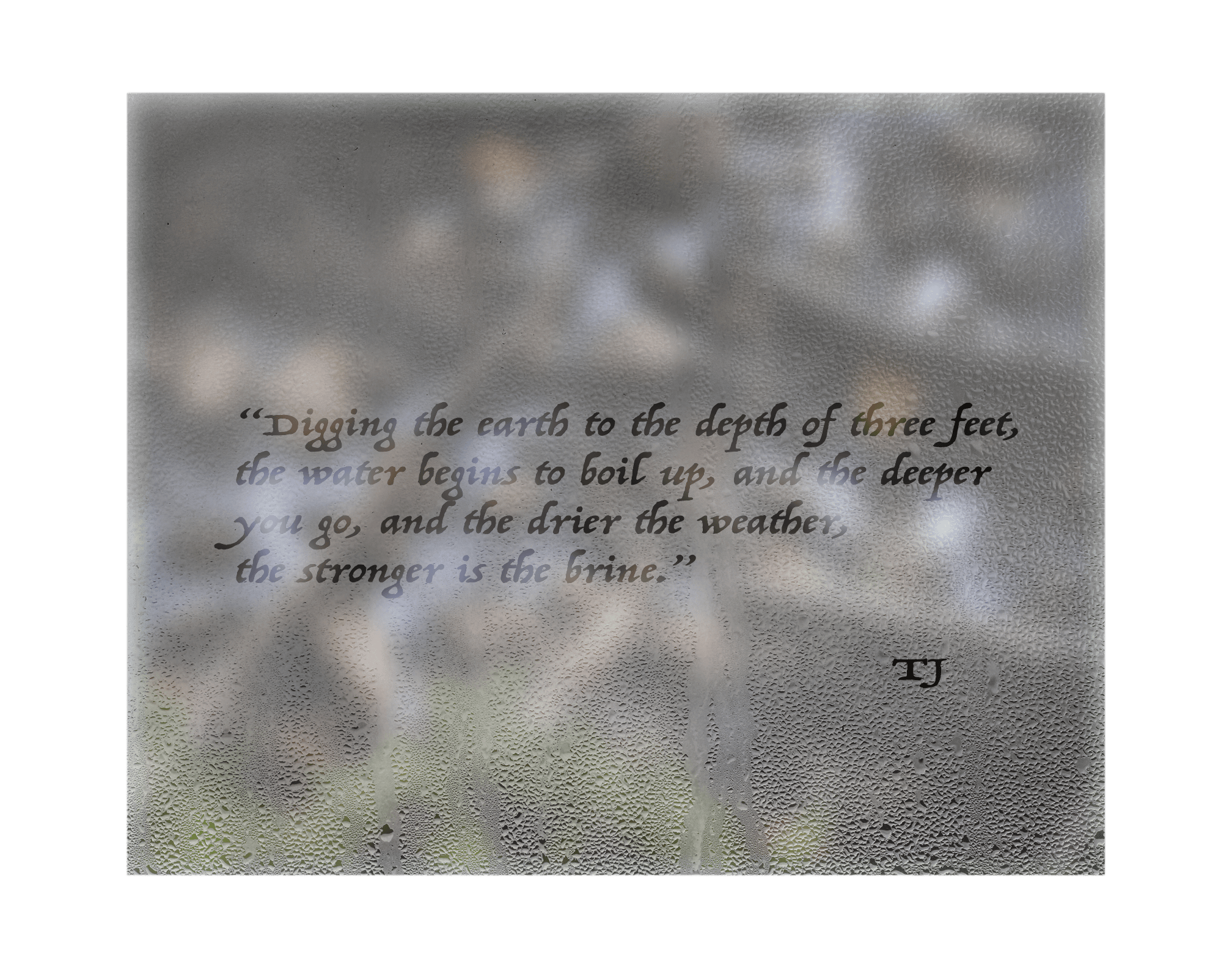
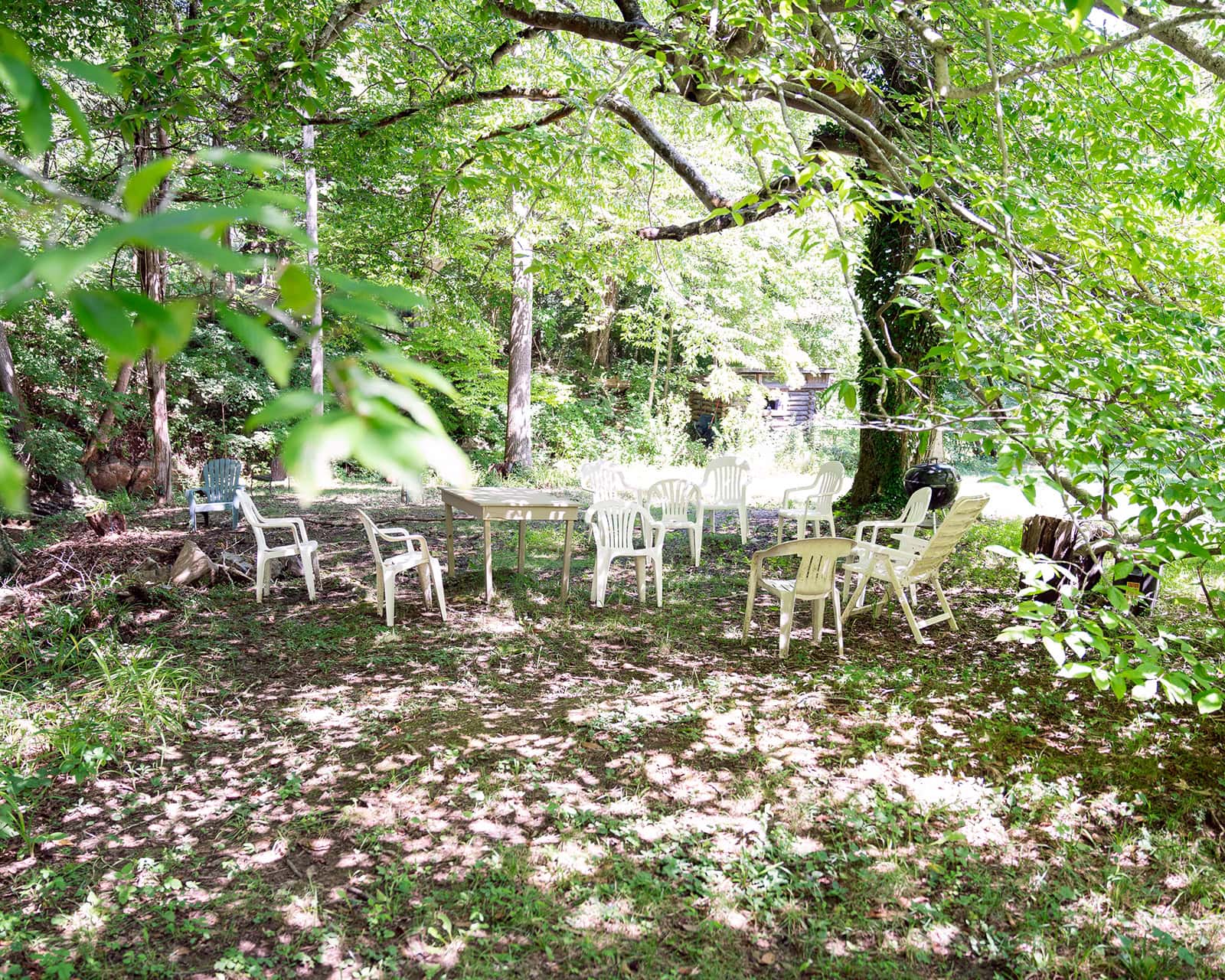
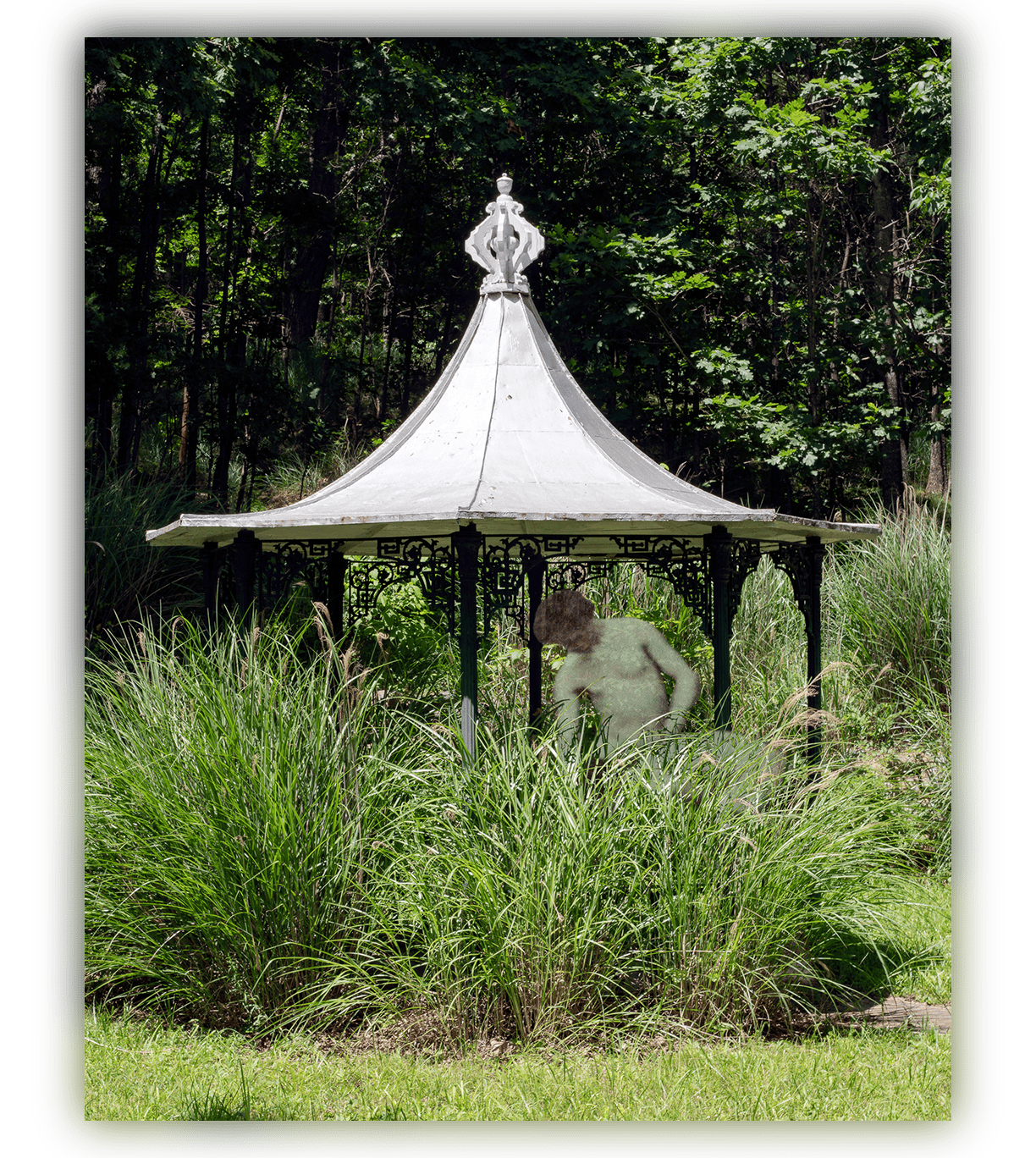
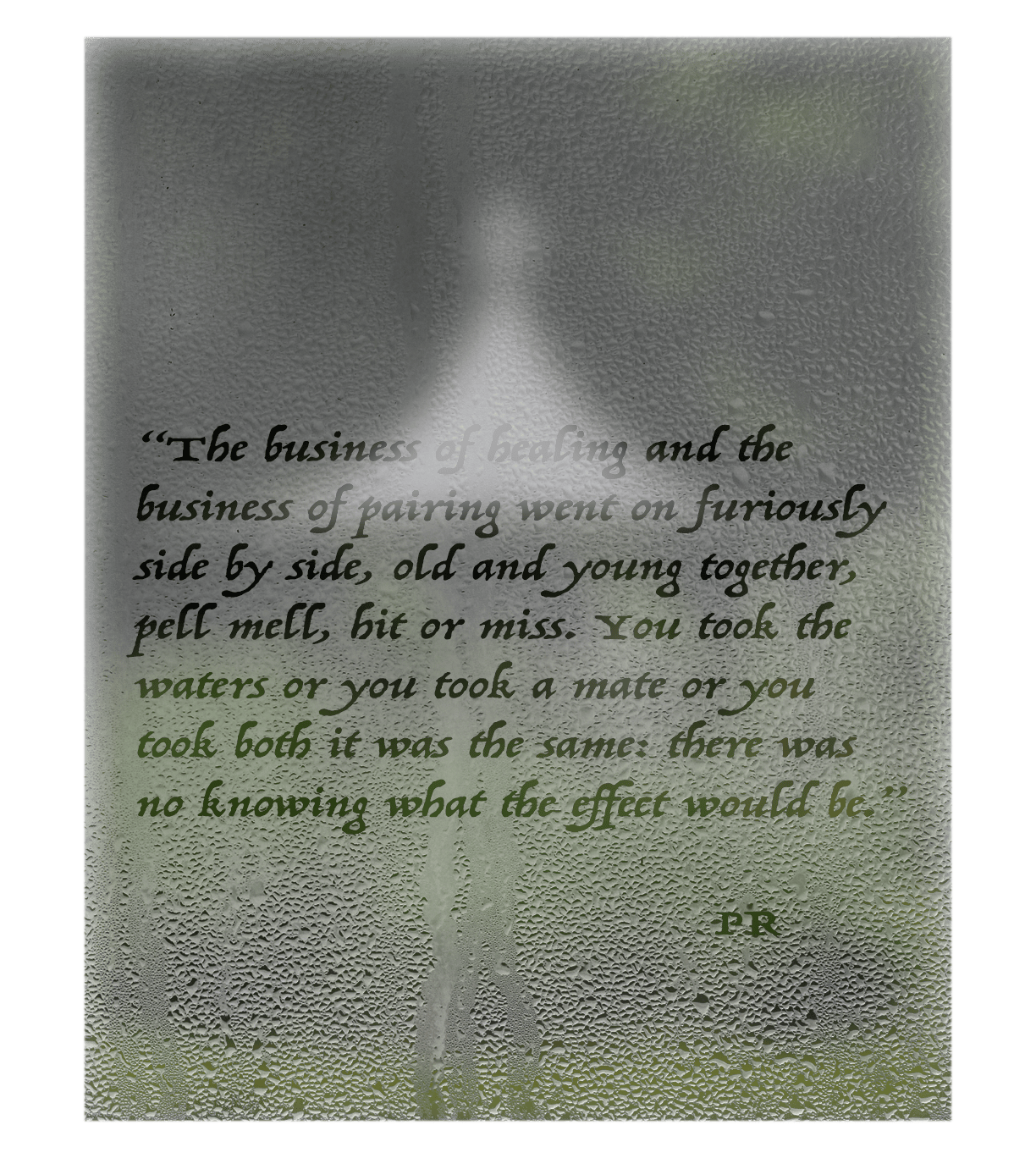



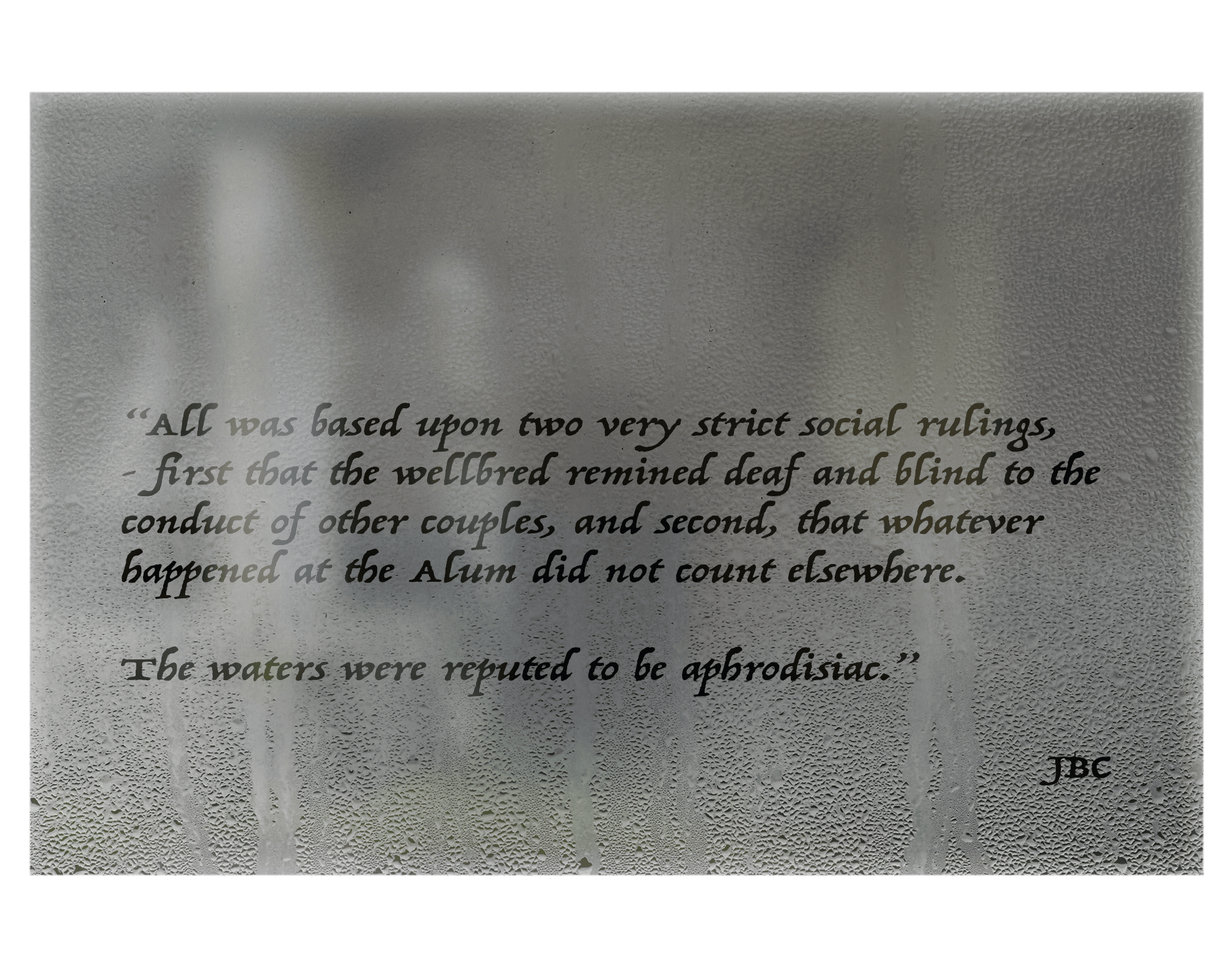
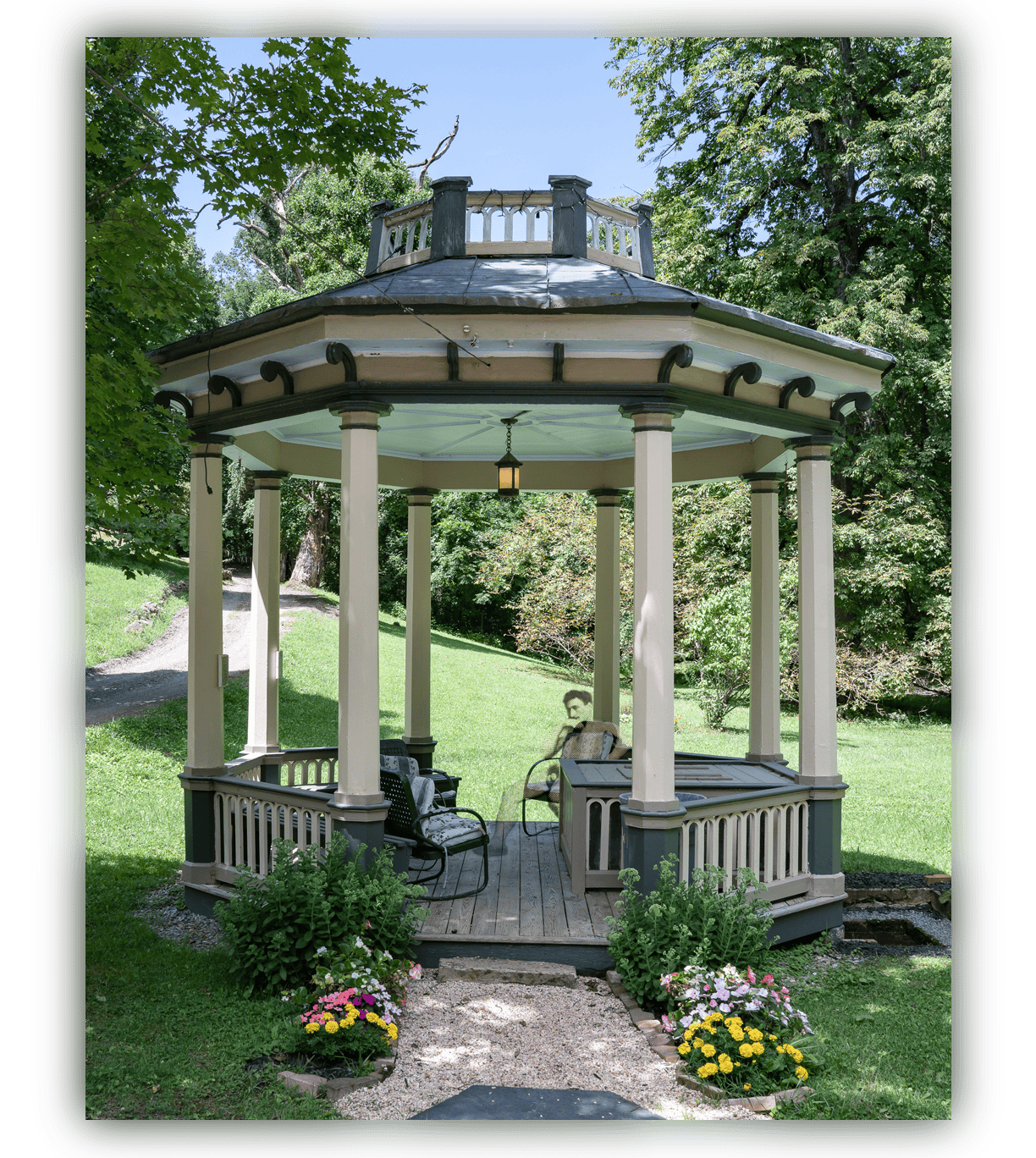
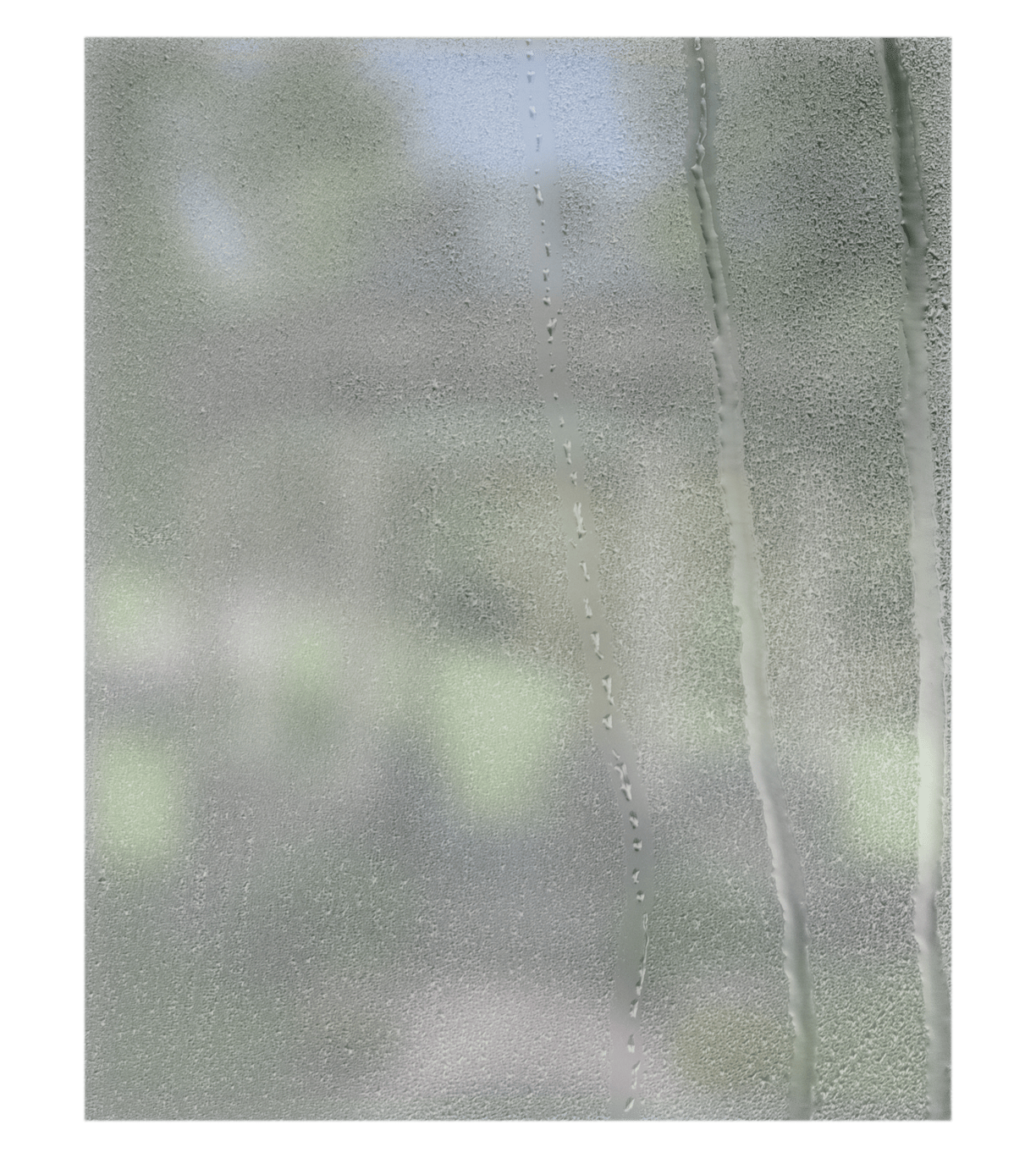
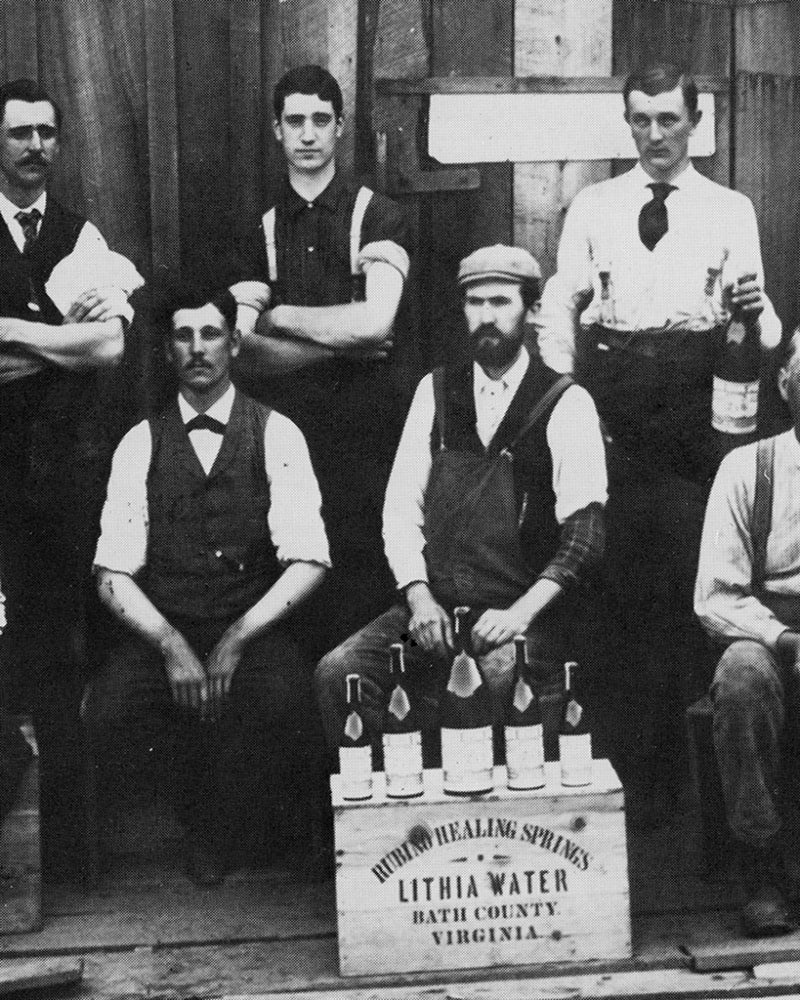
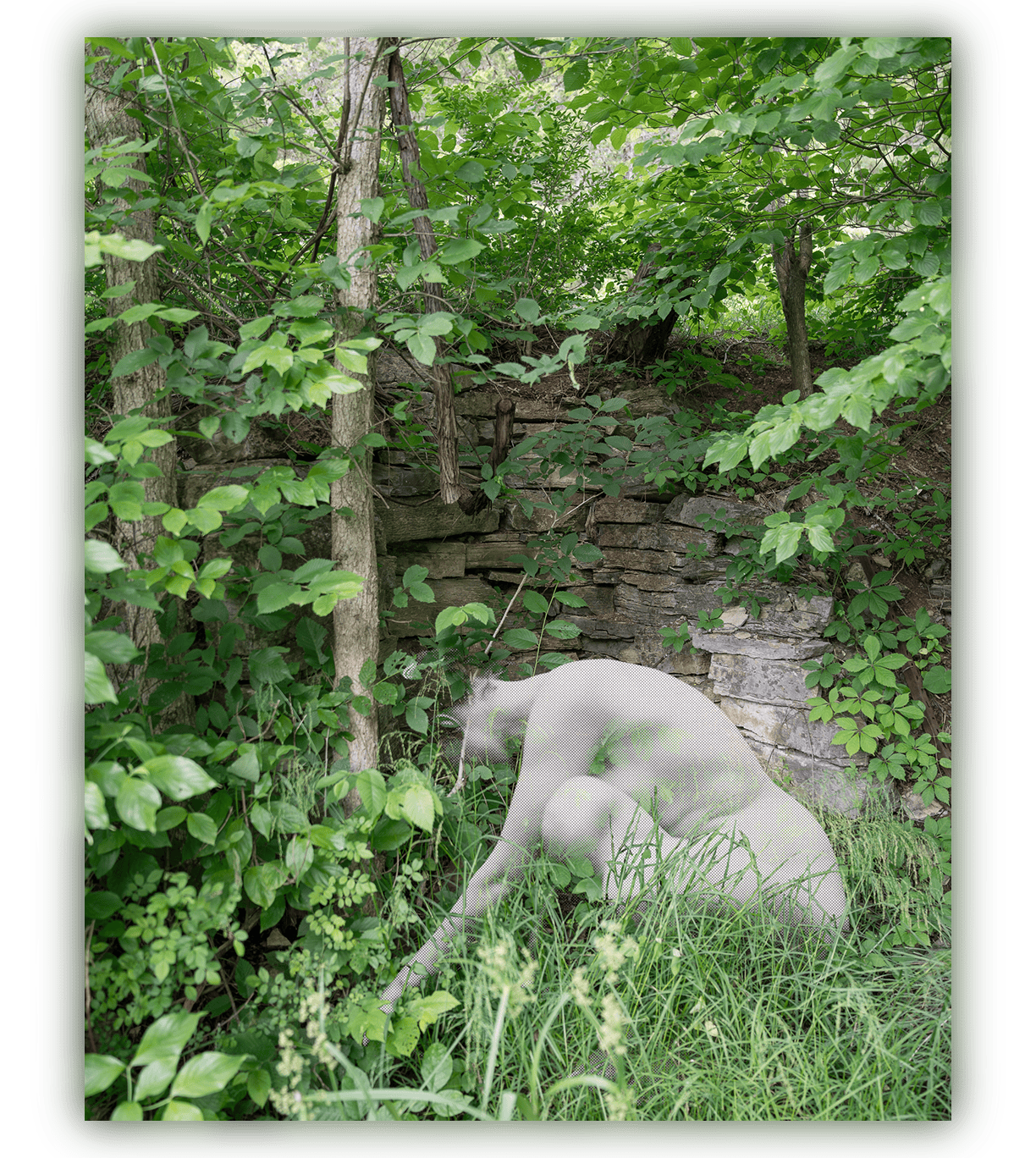
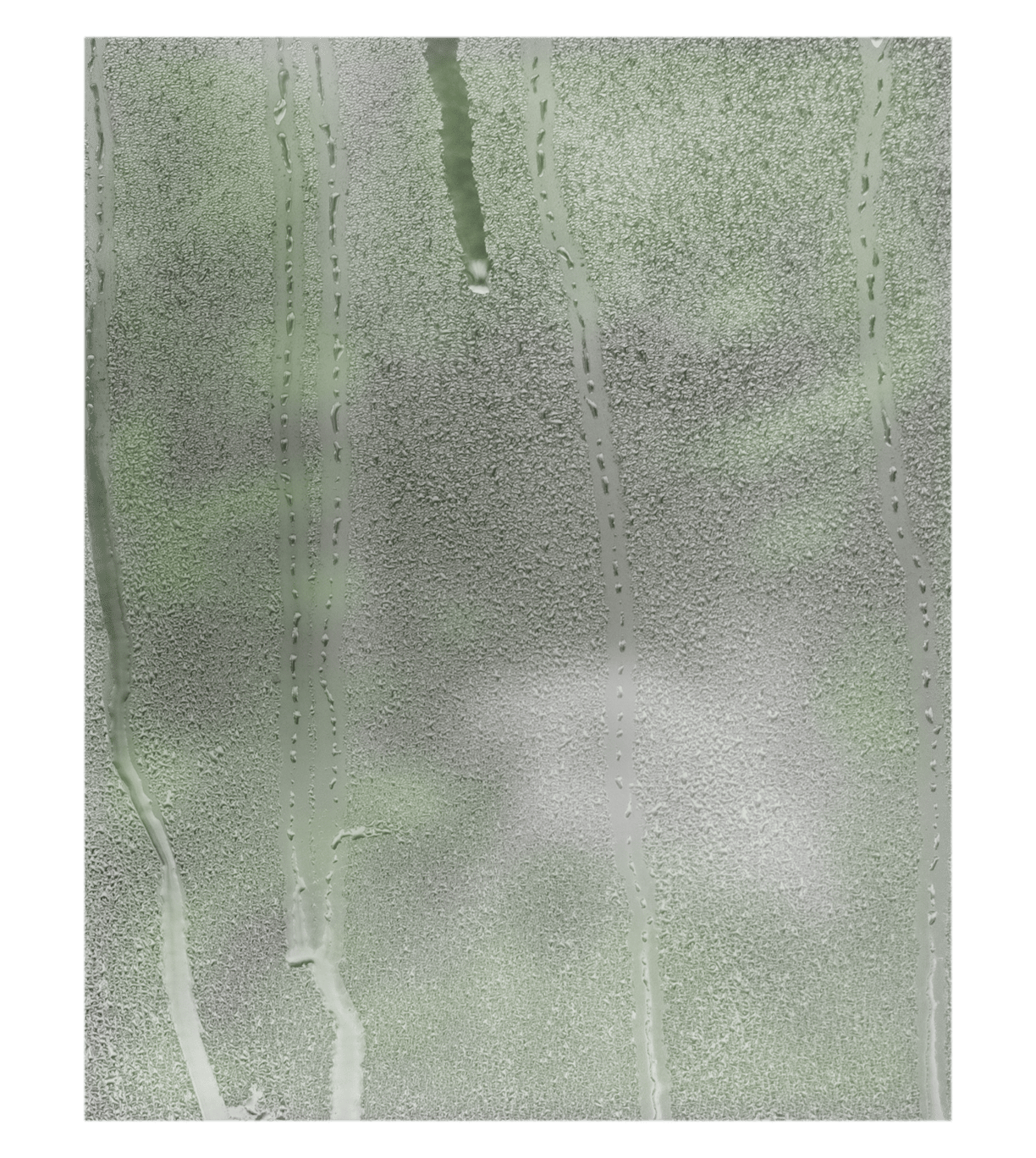
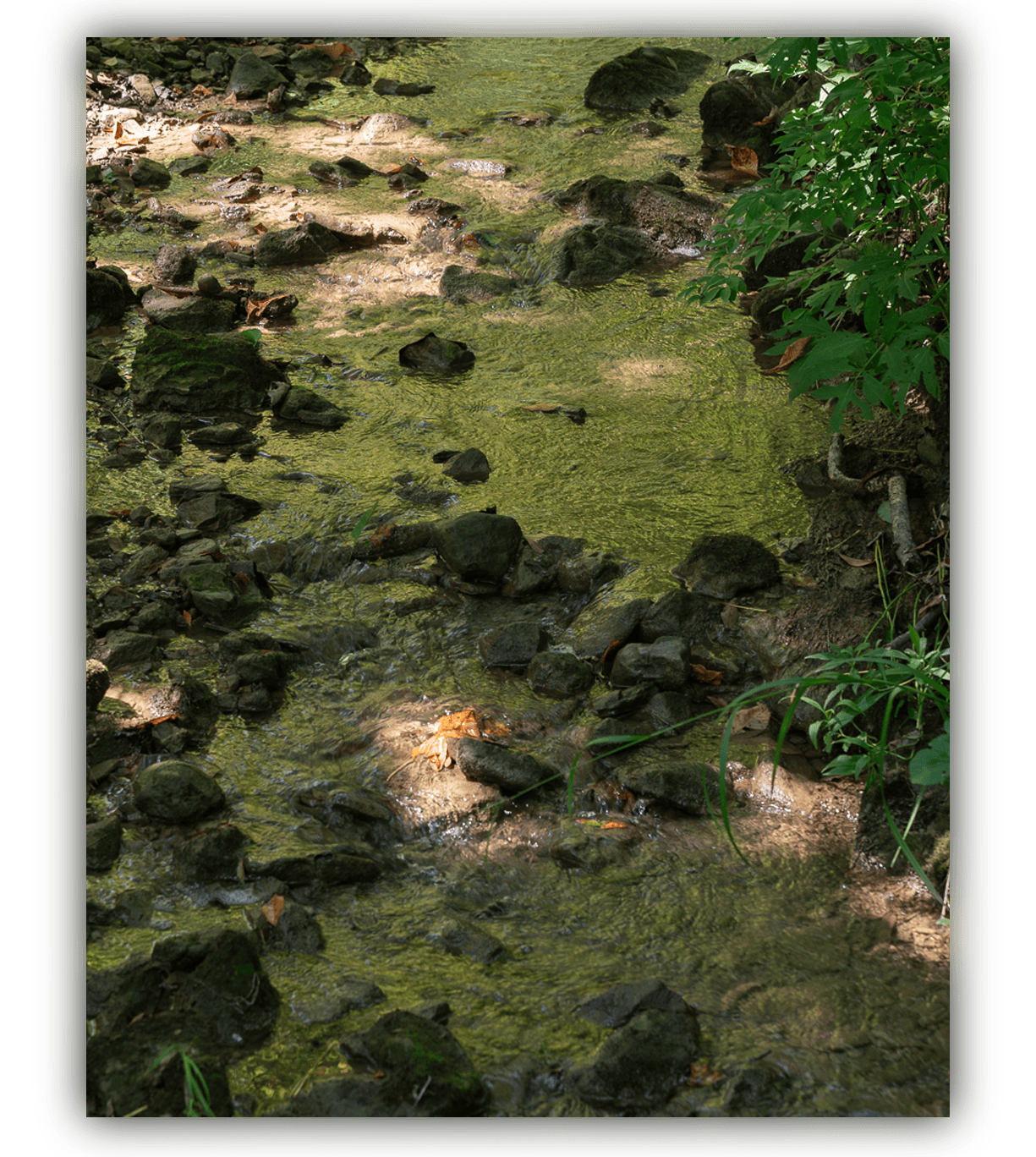
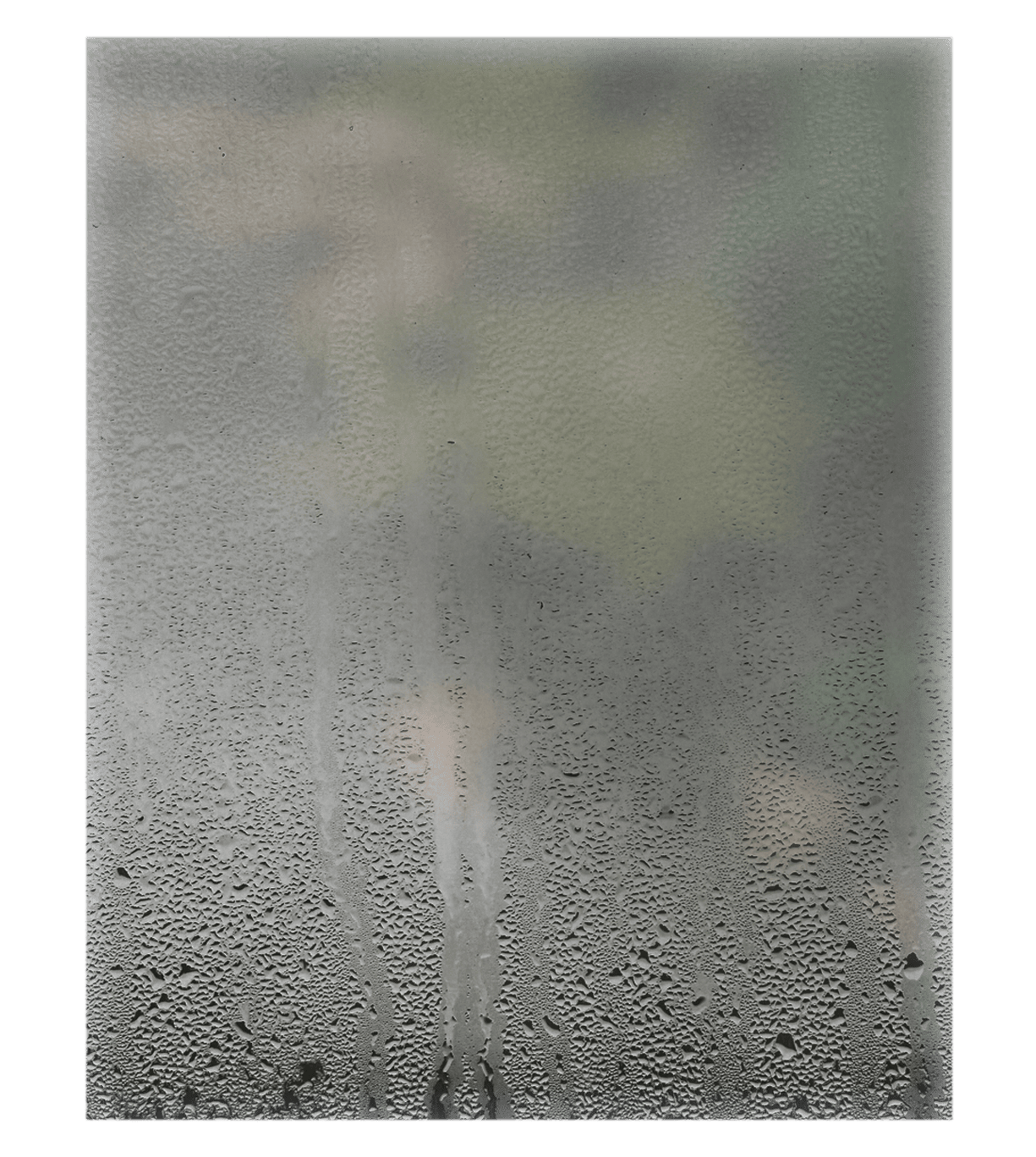
“Queerness has an especially vexed
relationship to evidence. Historically,
evidence of queerness has been used to
penalize and discipline queer desires,
connections, and acts…
The key to queering evidence, and by
that I mean the ways in which we prove
queerness and read queerness, is by
suturing it to the concept of ephemera.”
JEM


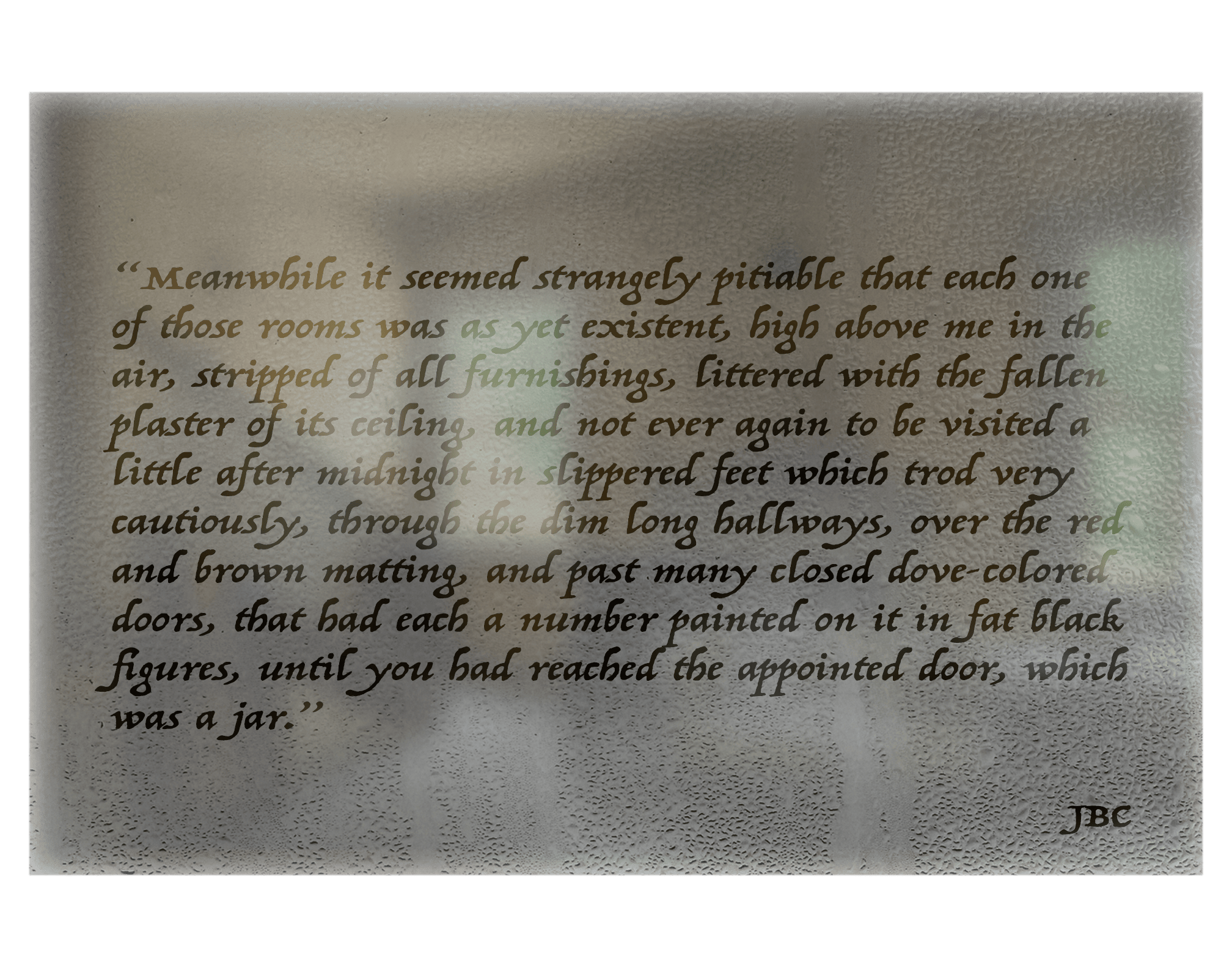
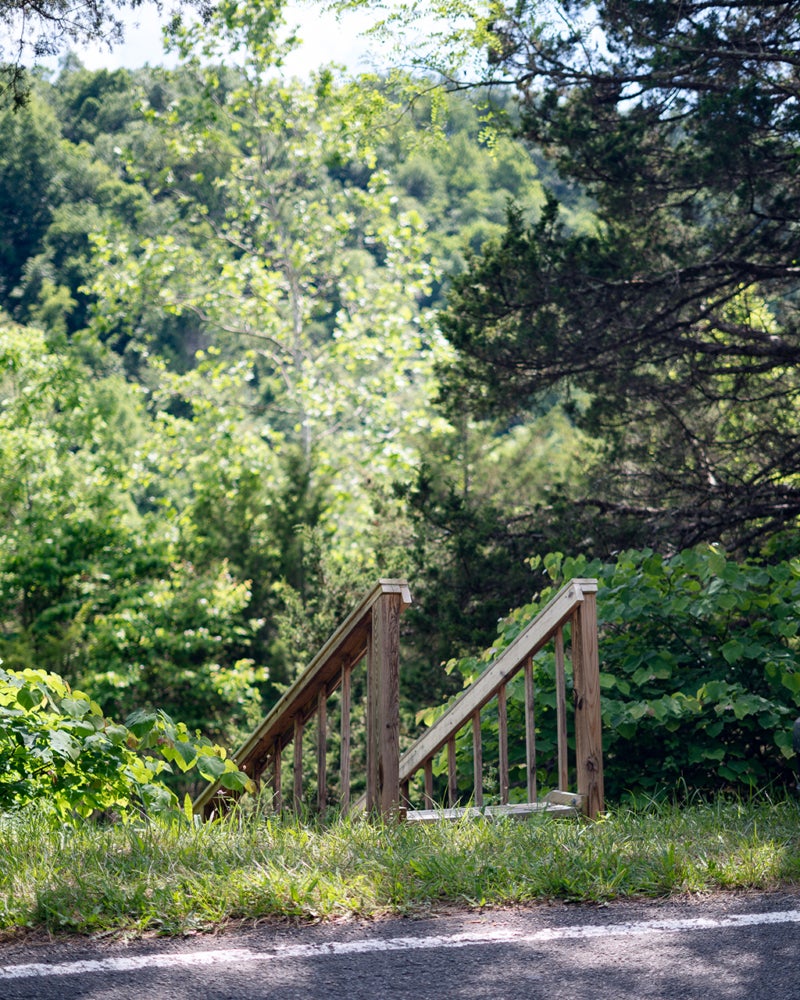
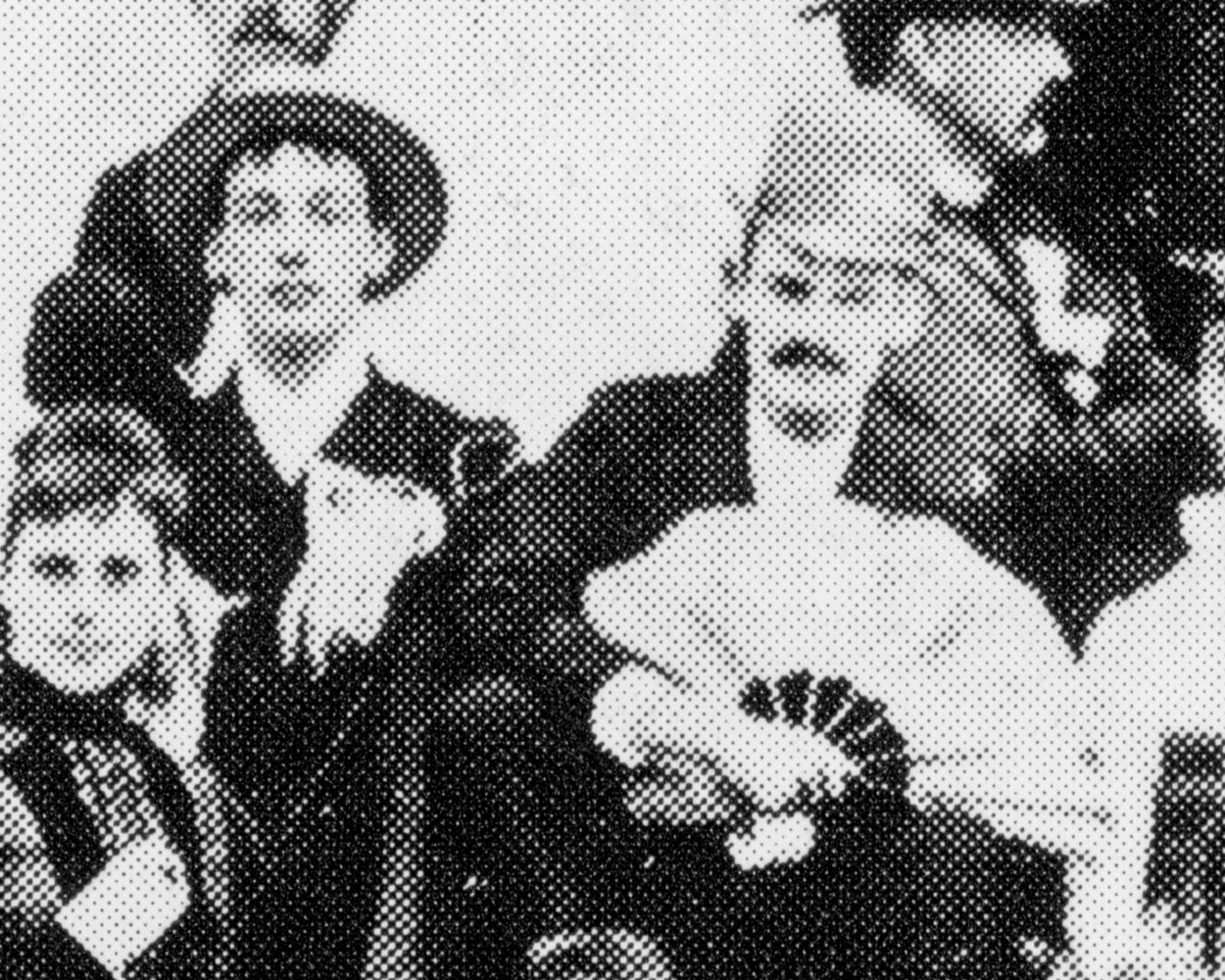

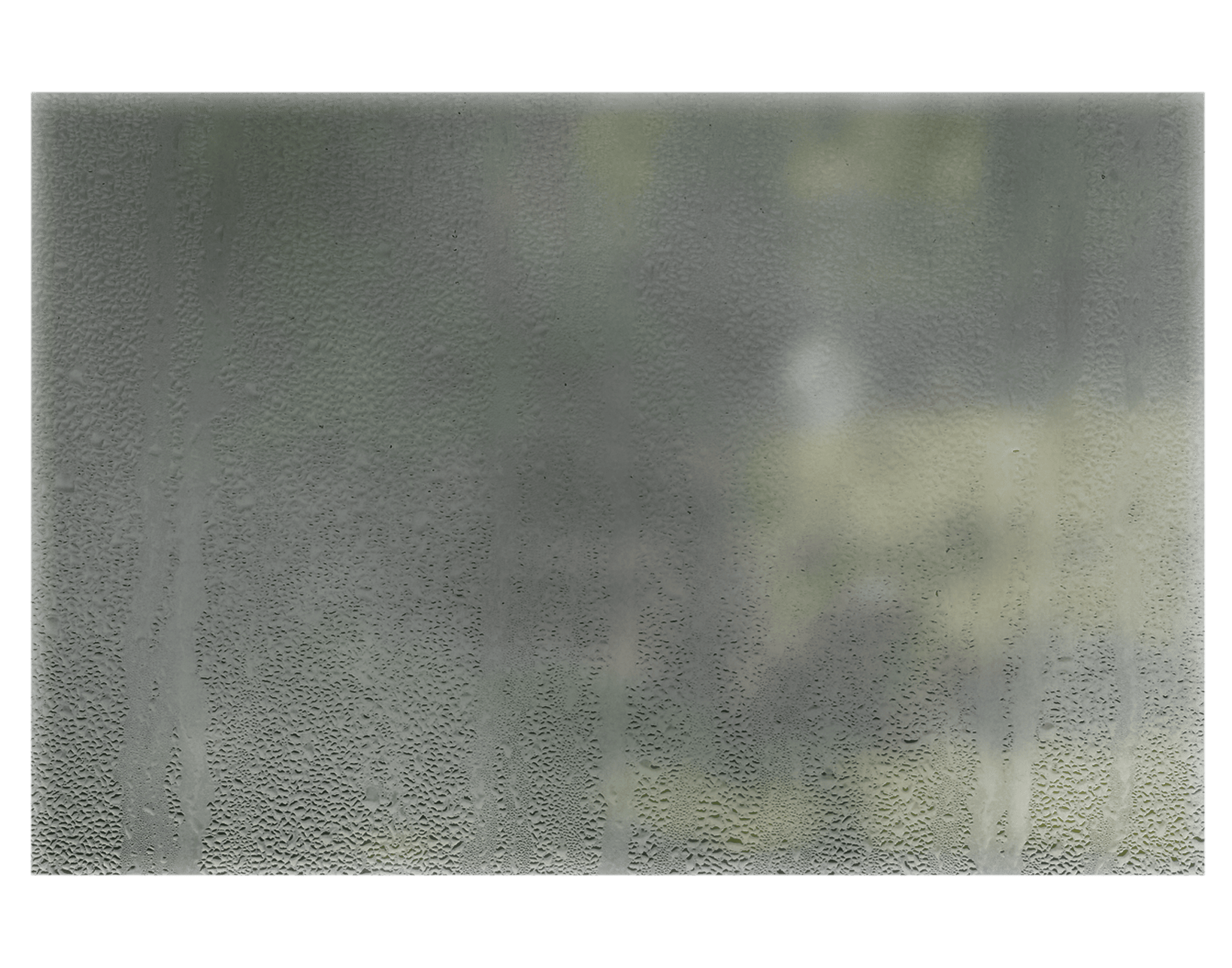
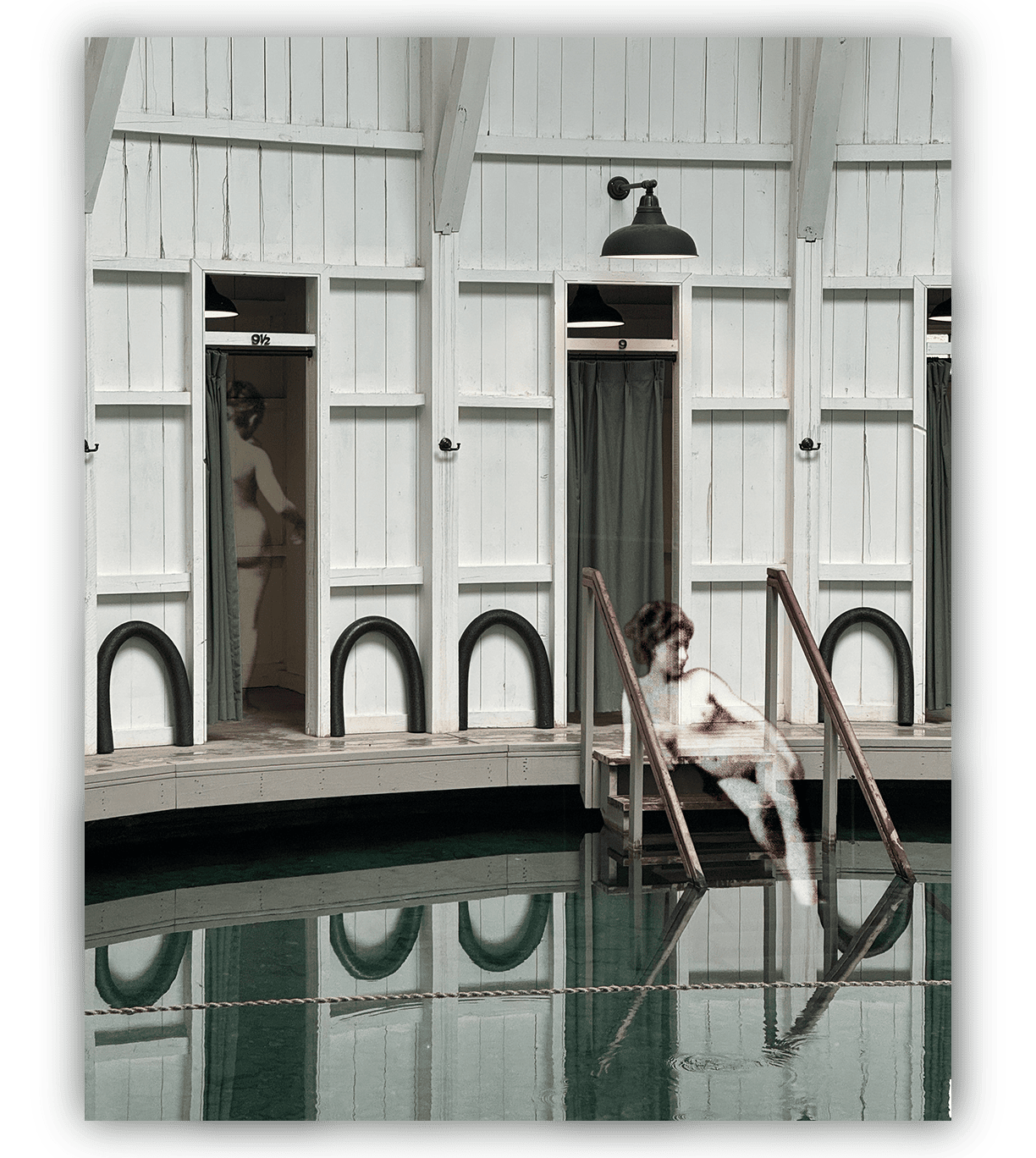
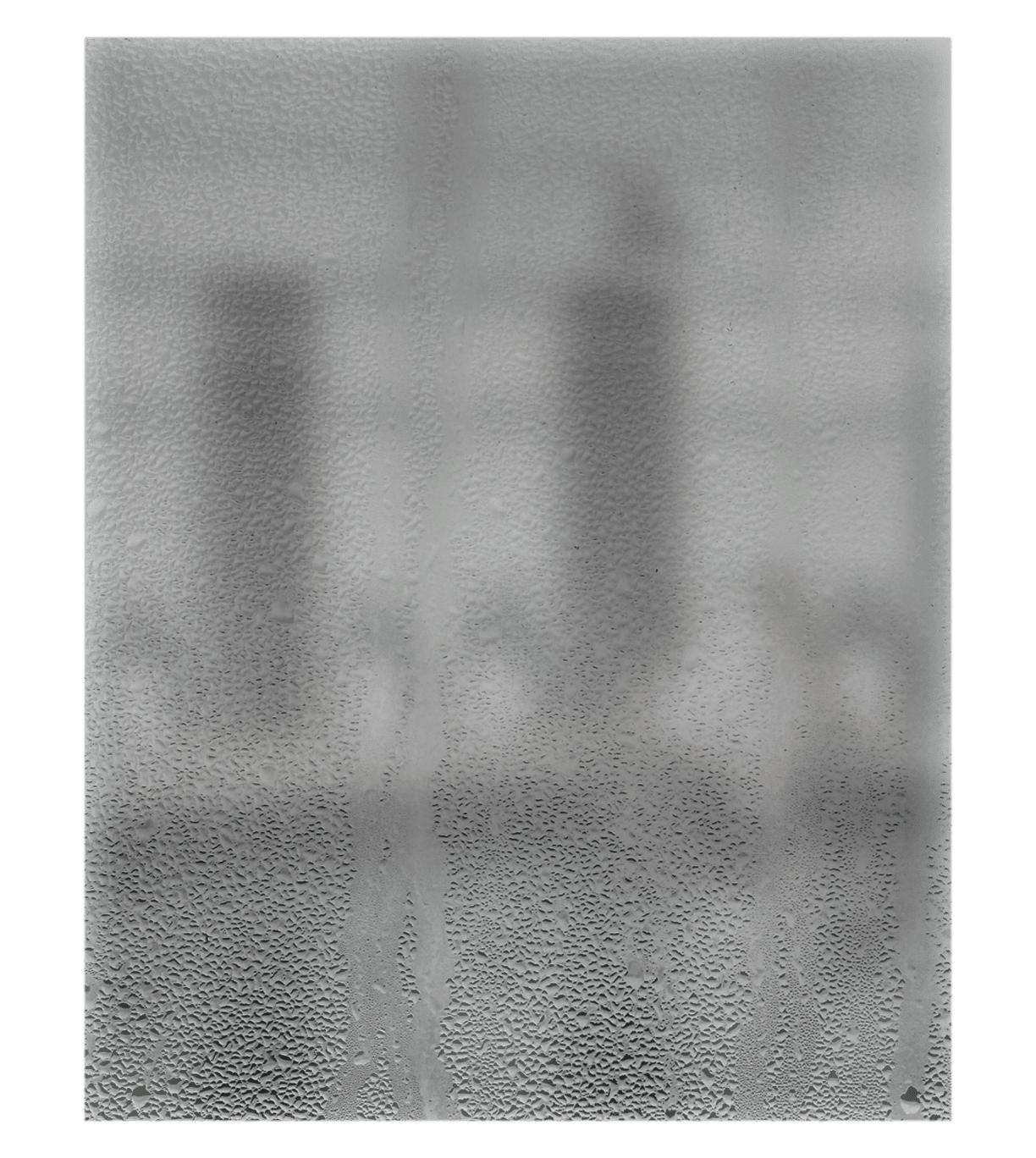
“as a swimmer, in communal showers
at public pools around the country,
I have witnessed black girls and
women of all classes showering and
shampooing with their bathing suits on,
while beside them their white sisters
stand unabashedly stripped. Perhaps
the progeny of that African maiden
feel they must still protect themselves
from the centuries-long assault that
characterizes them.”
LO
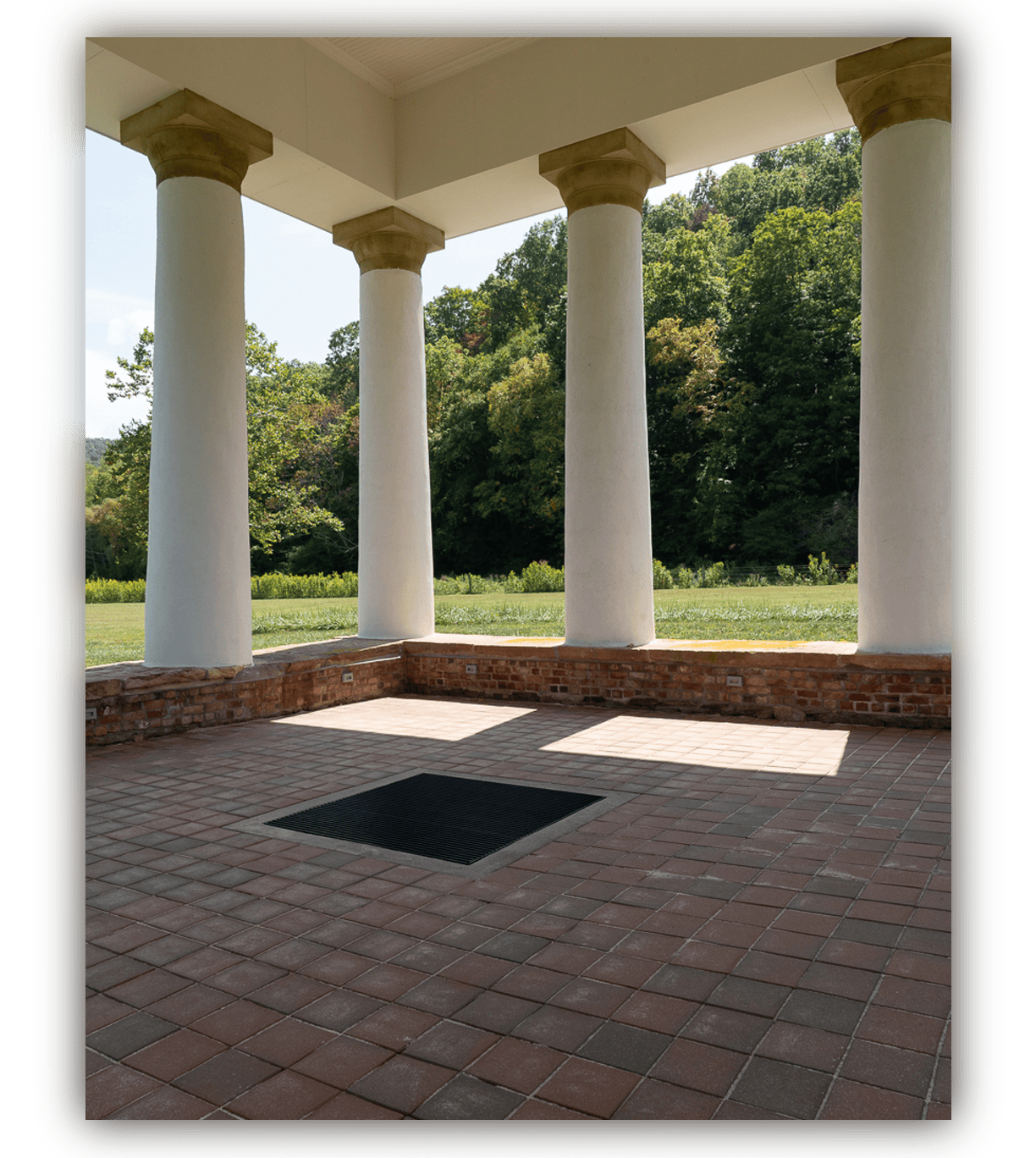
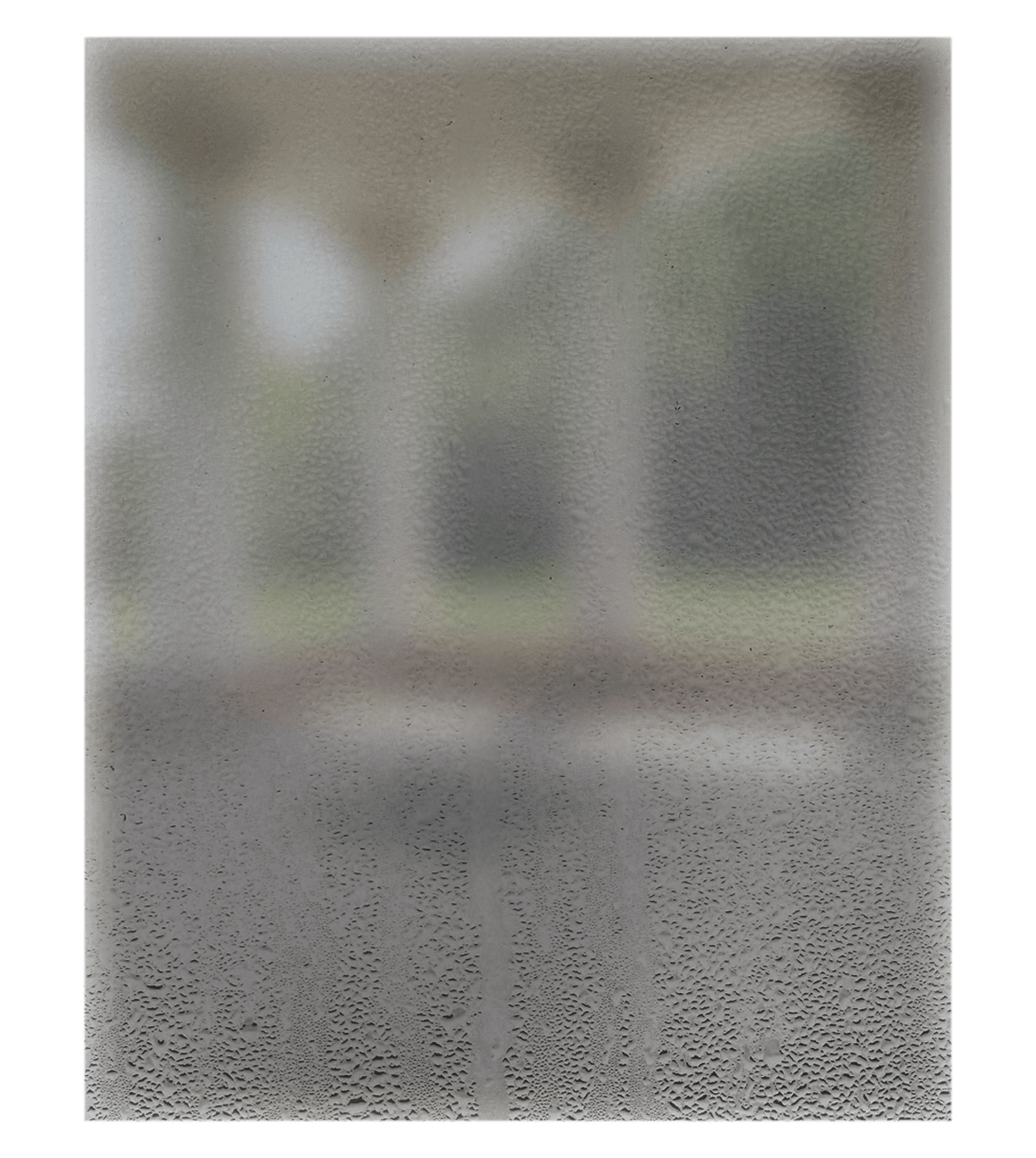
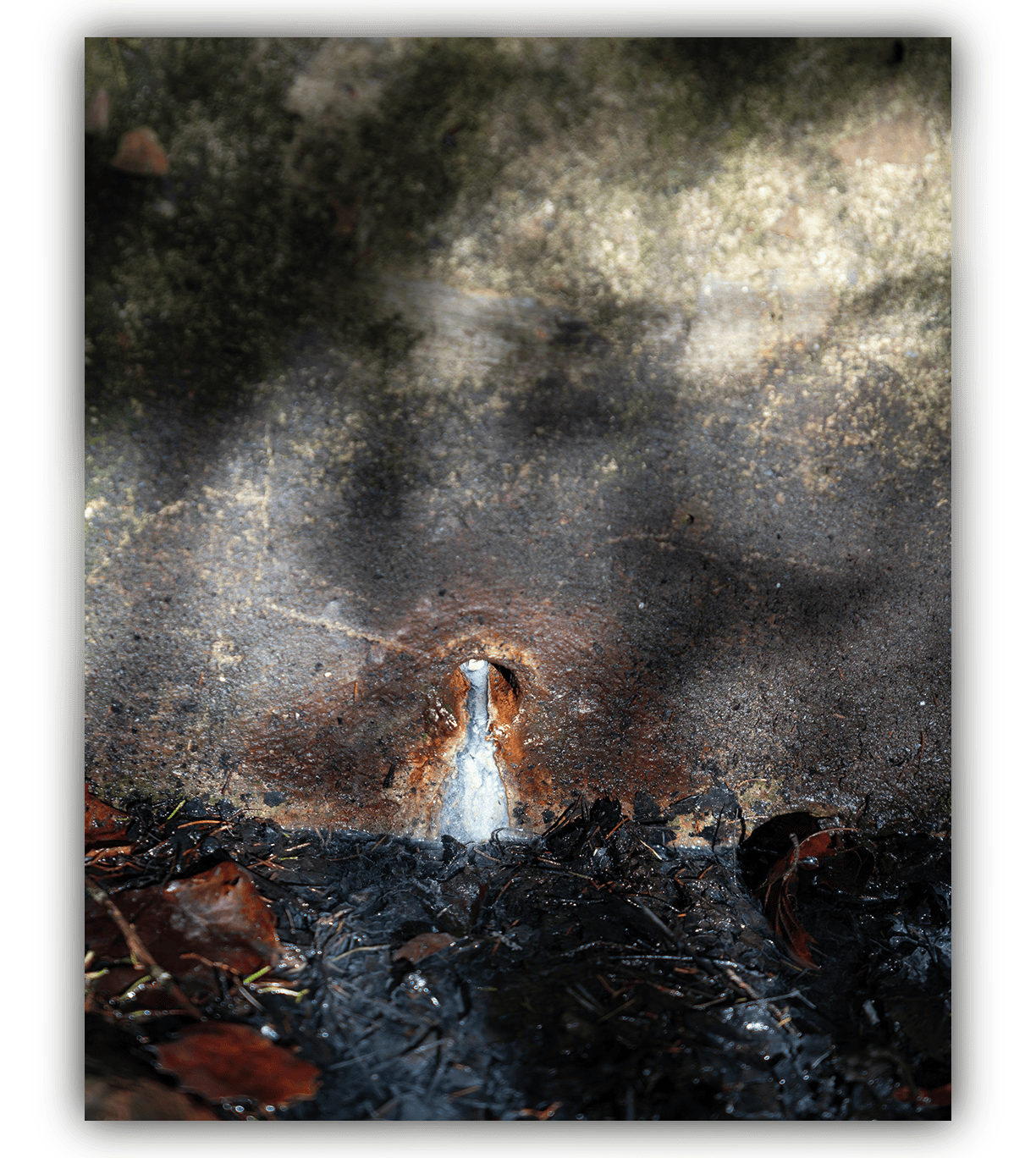
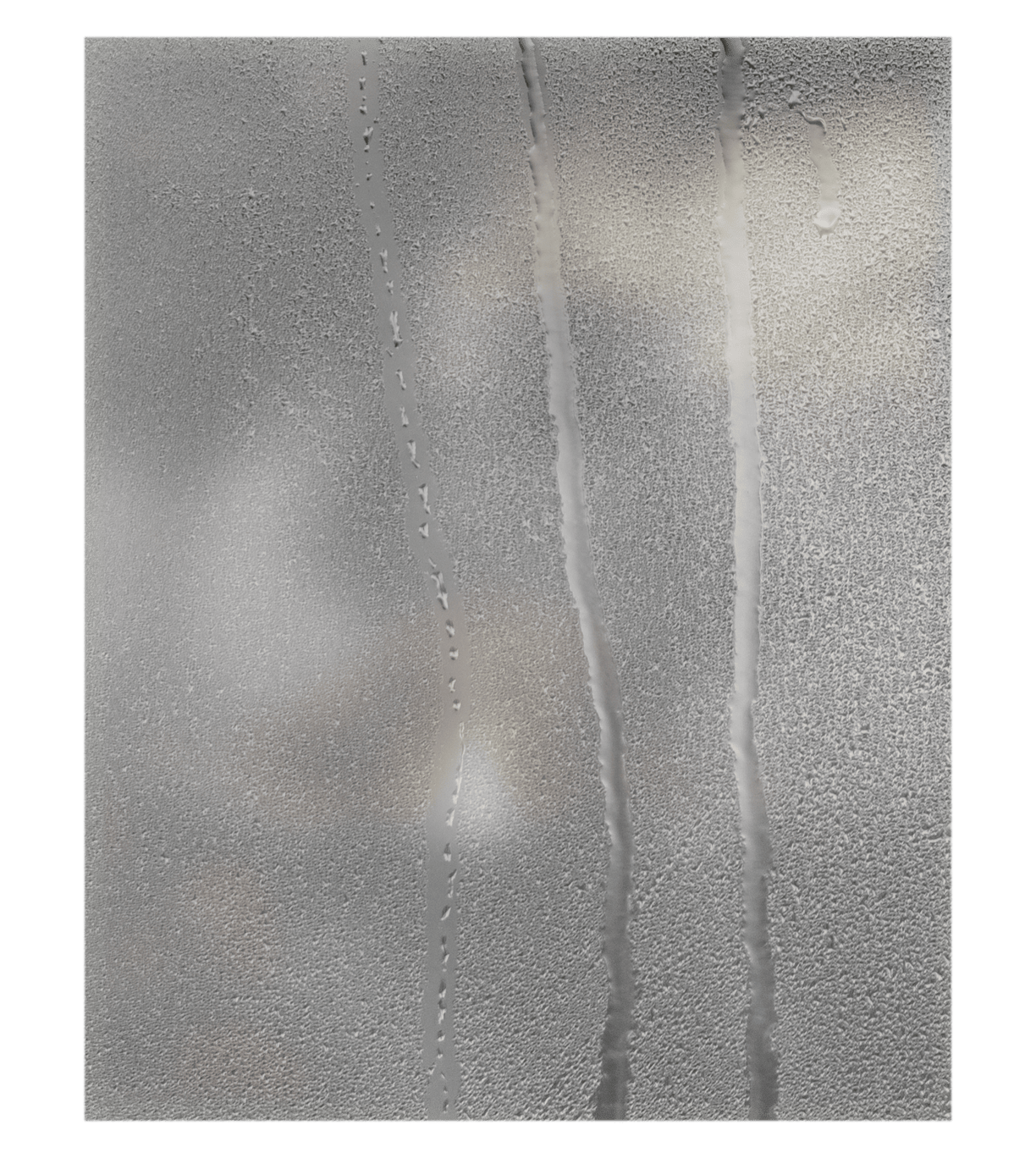
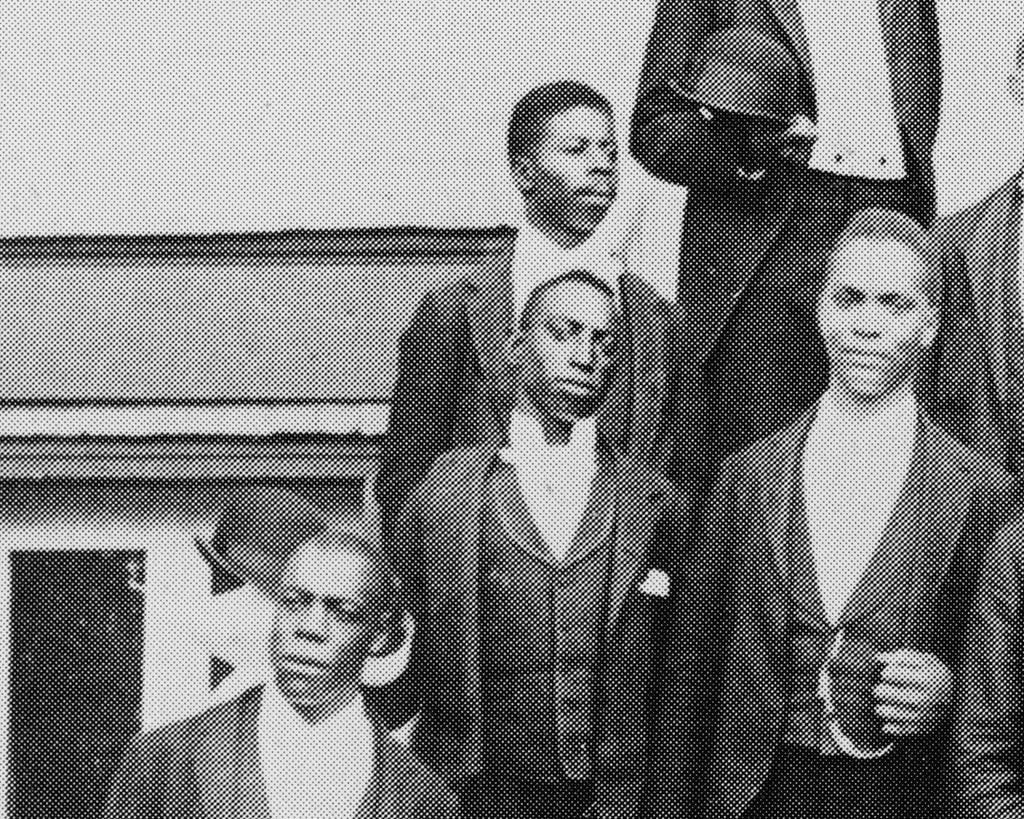
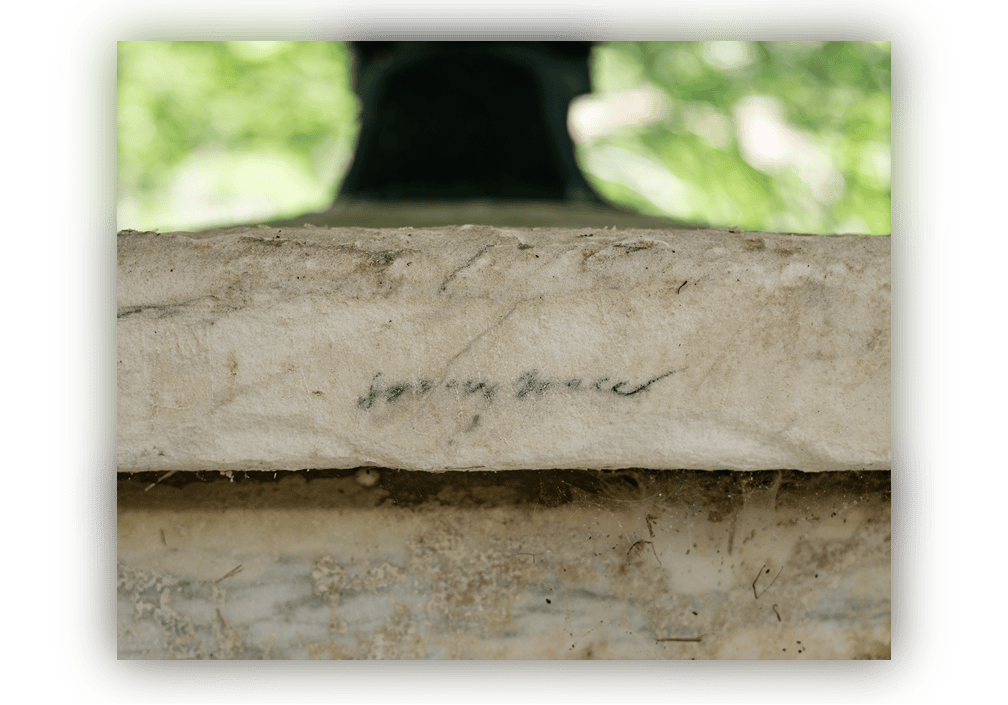
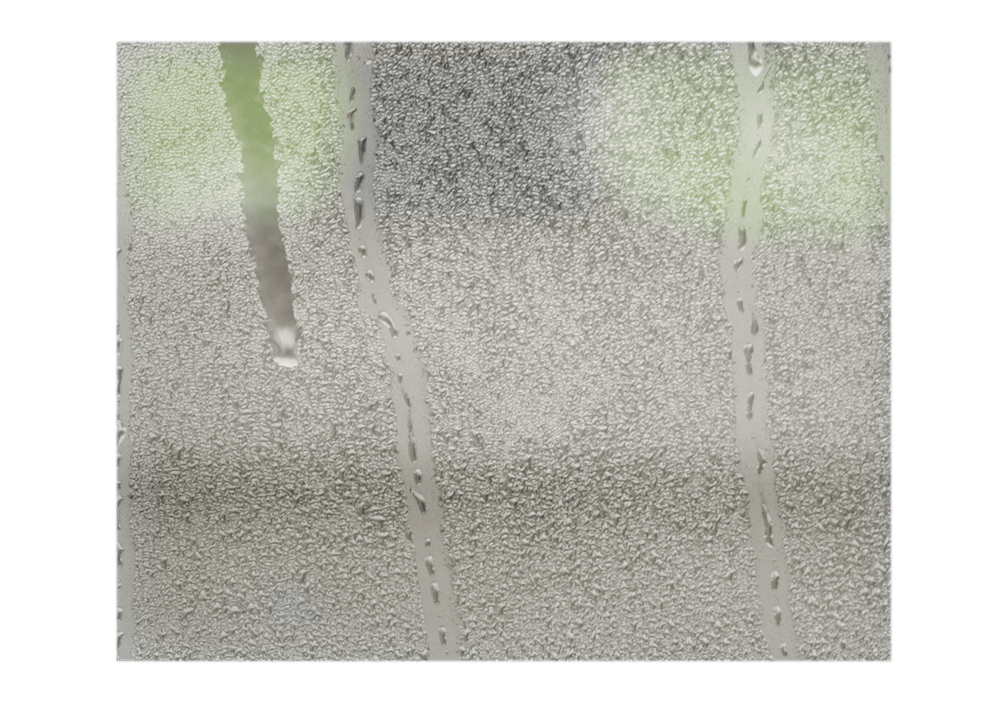
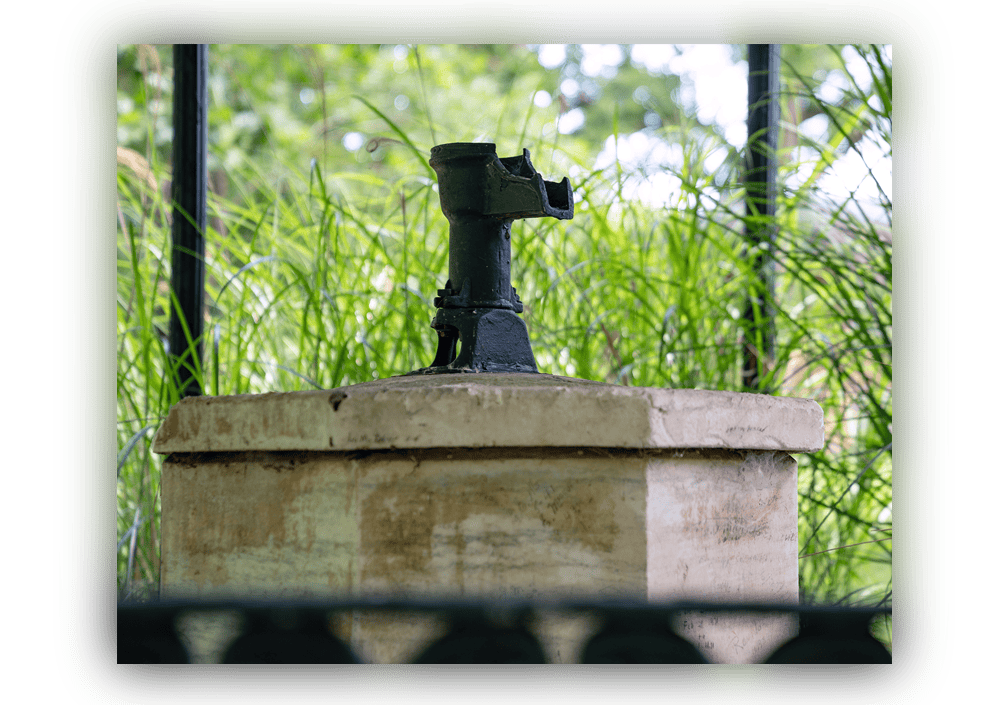
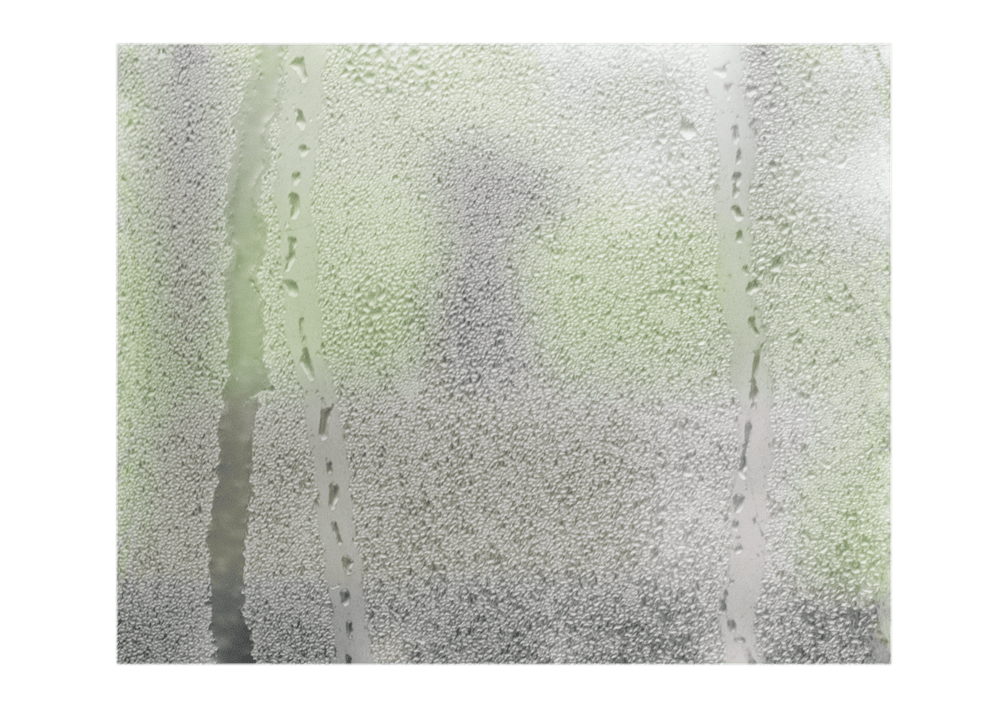

“The loss of stories sharpens the hunger for them. So it is tempting to fill in the gaps and to provide closure where there is none.”
SH

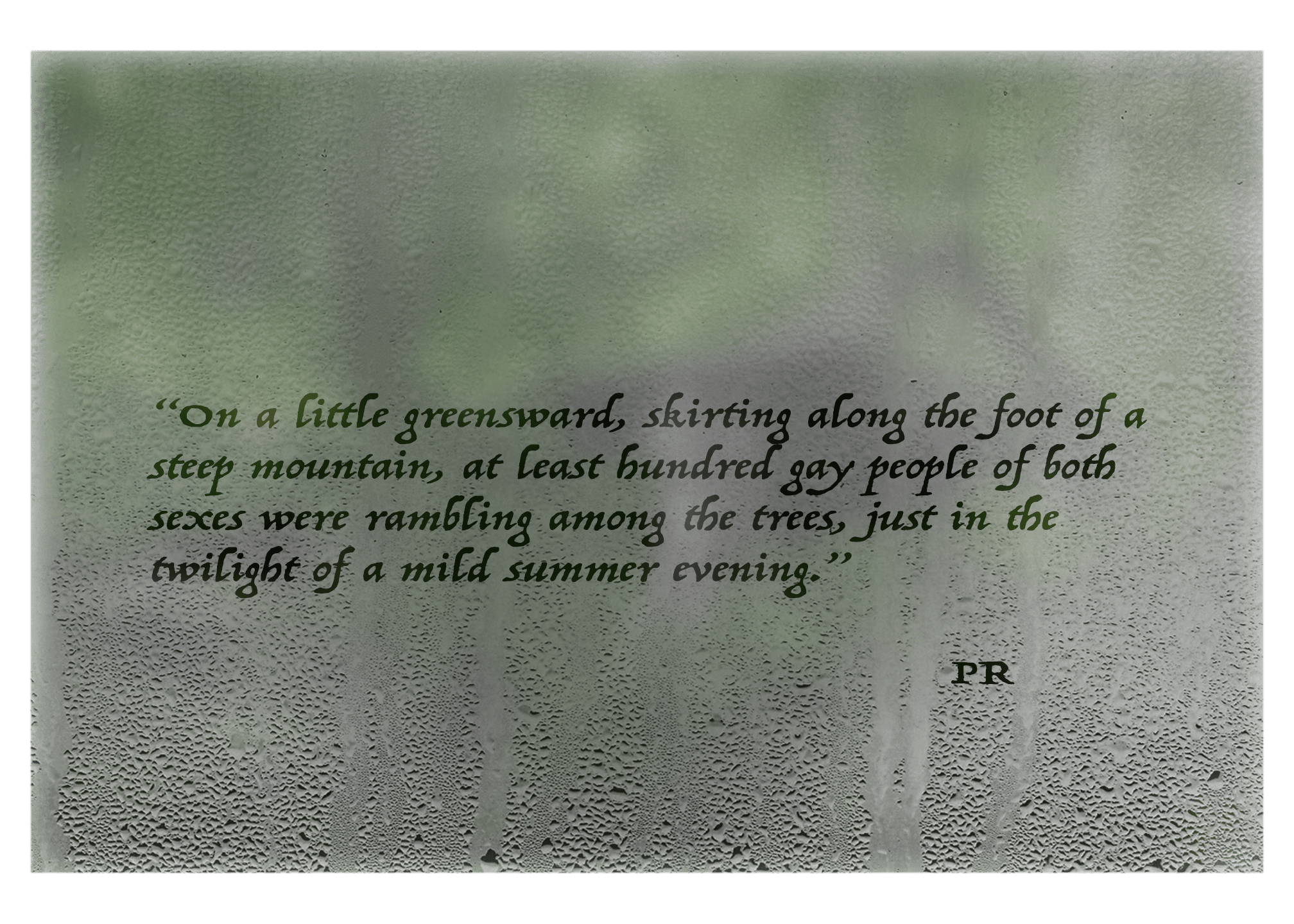
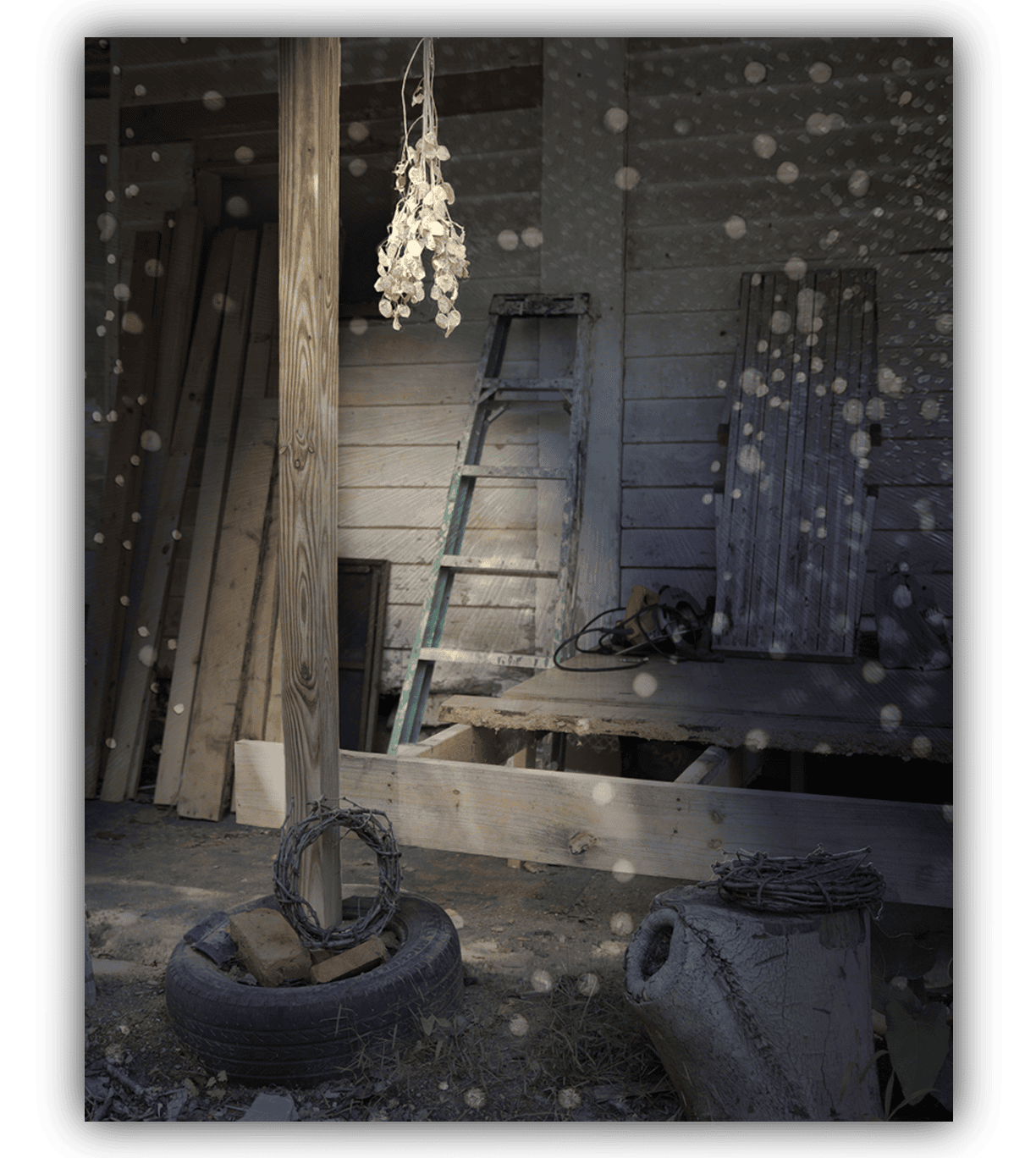
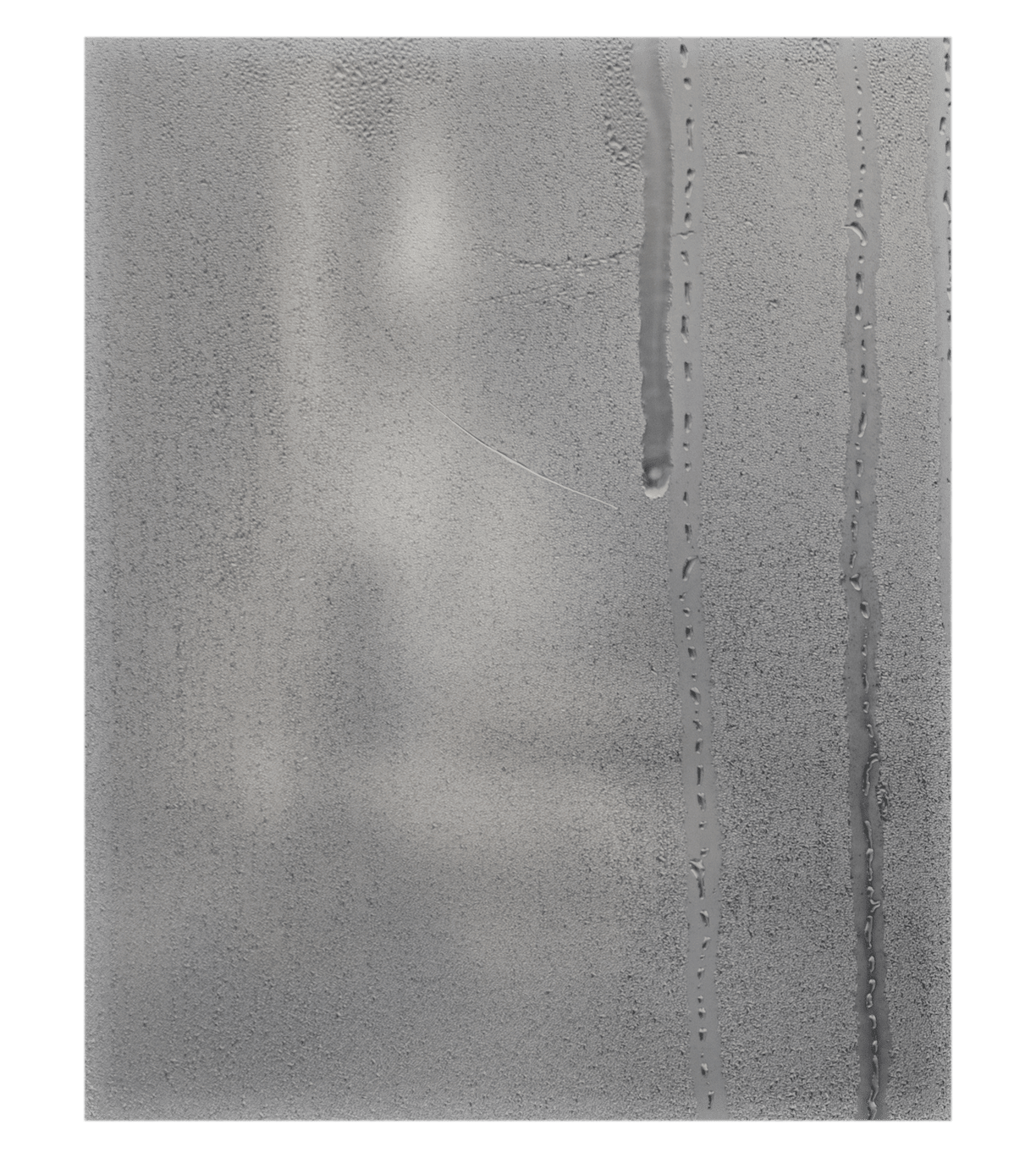
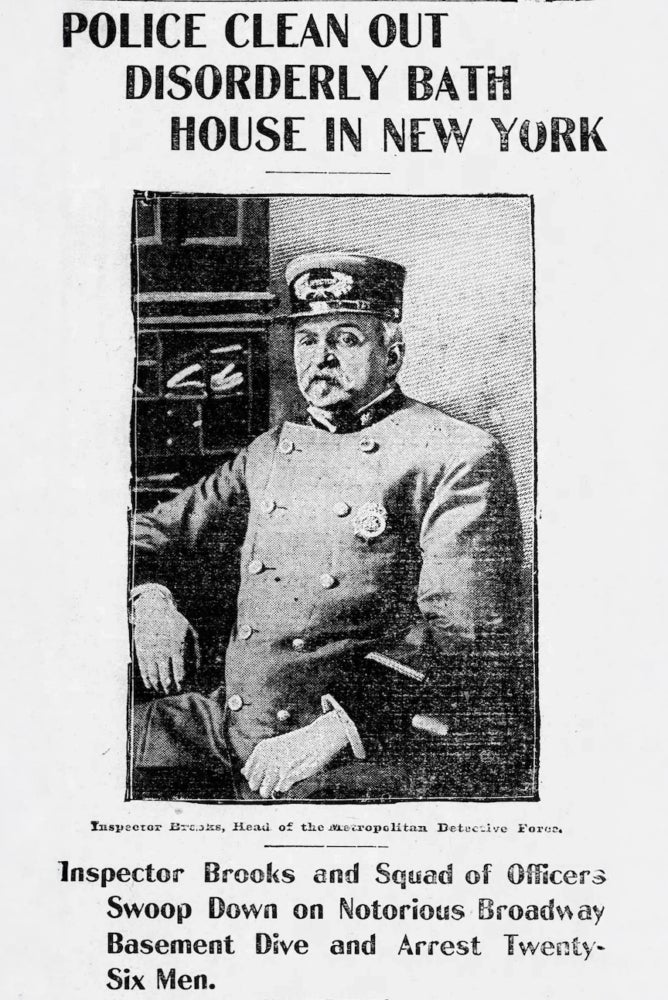
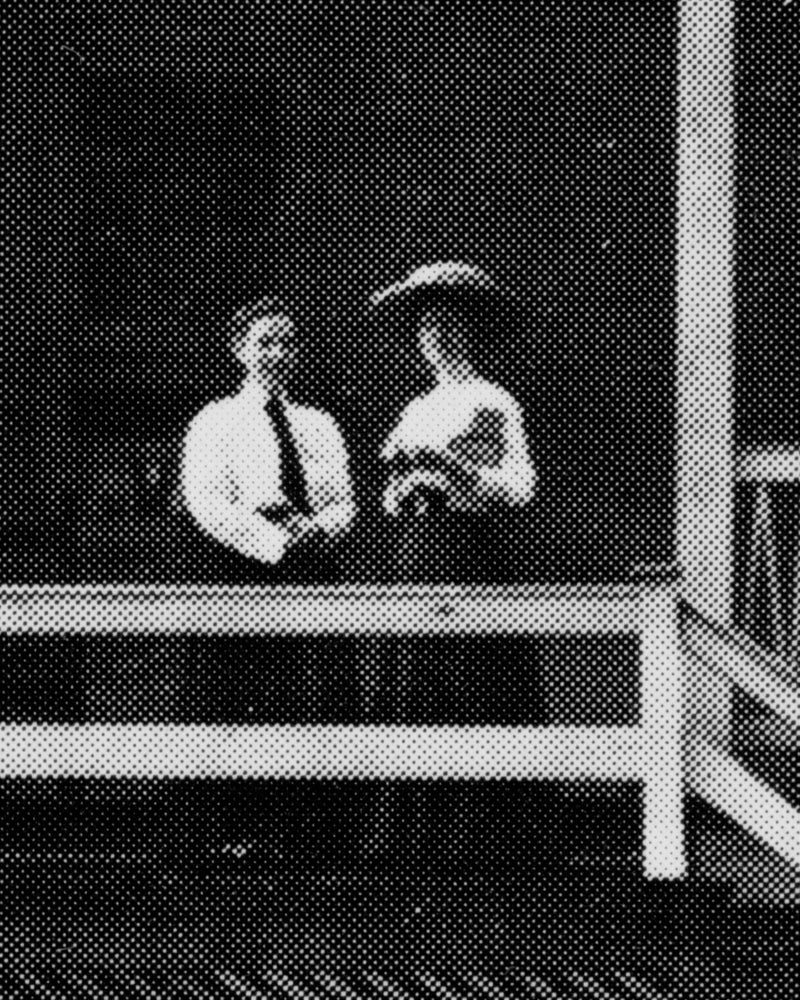
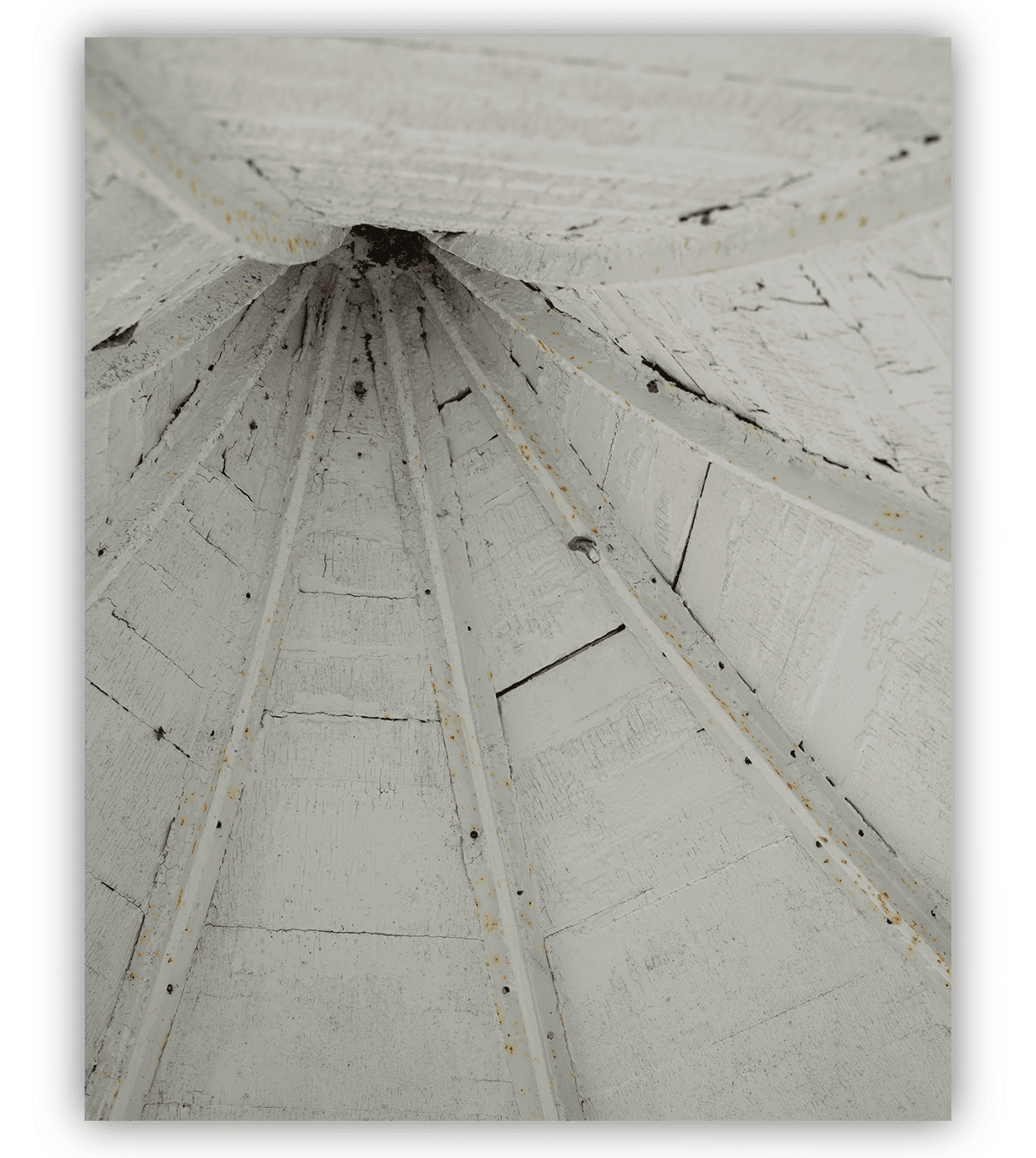
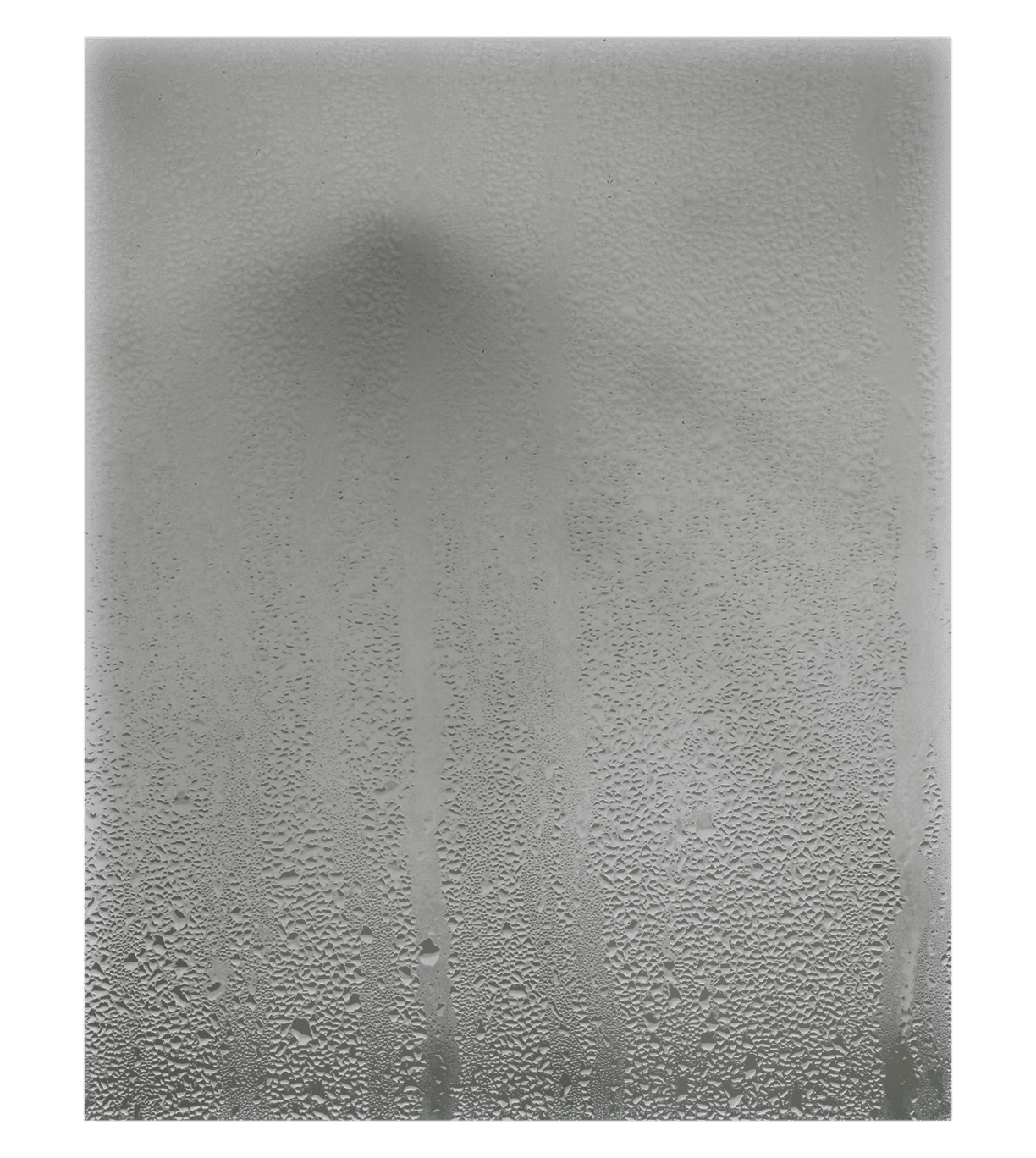
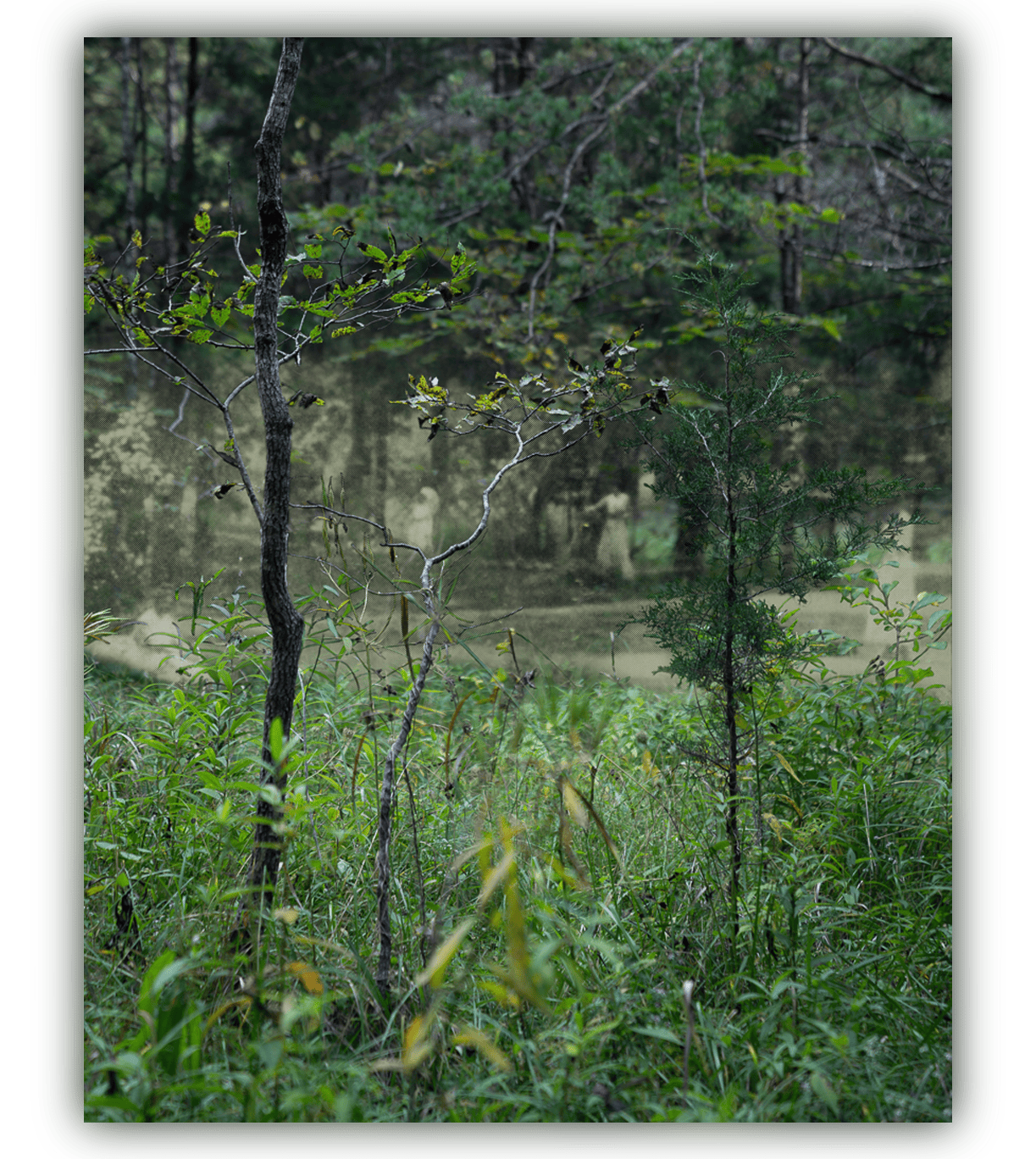
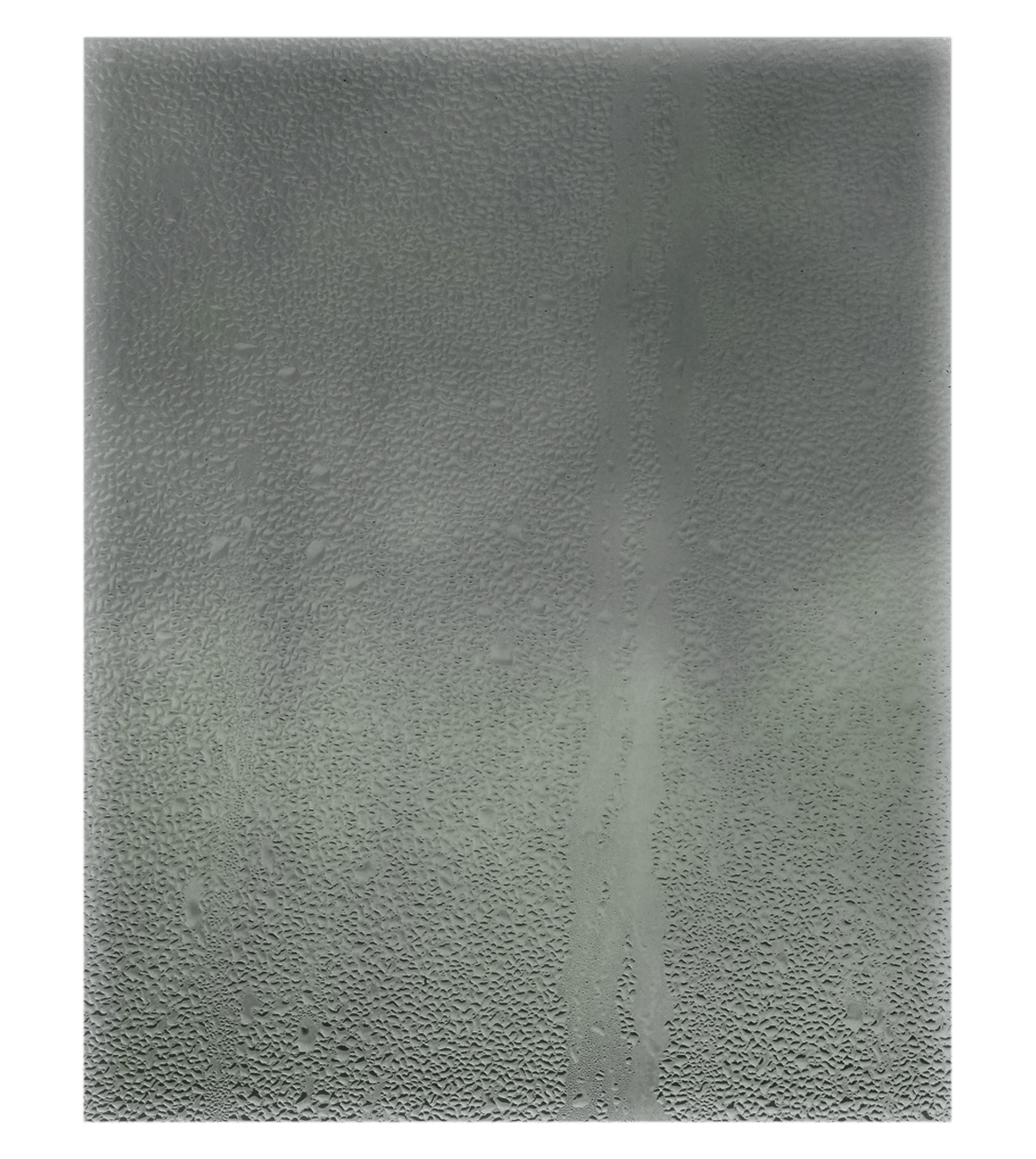
A lack of evidence of homosexuality
in the past is in some ways due to
projecting a modern understanding
of homosexuality onto history.
If we stop looking for identification,
and remain open to different cultural
and historical concepts of desire, the
evidence is there.
Bérubé, Allan. “The History of Gay Bathhouses.” Journal of Homosexuality, vol. 44, no. 3-4, 4 Aug. 2003, pp. 33–53, https://doi.org/10.1300/j082v44n03_03.
Cabell, James Branch, and Carl Van Doren. These Restless Heads. 1932.
Halperin, David M. How to Do the History of Homosexuality. Chicago Univ. Of Chicago Press, 2007.
Hartman, Saidiya. “Venus in Two Acts.” Small Axe, vol. 12, no. 2, 17 July 2008, pp. 1–14, muse.jhu.edu/article/241115.
Jefferson, Thomas. Notes on the State of Virginia. : Written by Thomas Jefferson. Illustrated with a Map, Including the States of Virginia, Maryland, Delaware and Pennsylvania. London, Printed For John Stockdale, Opposite Burlington-House, Piccadilly, M.Dcc.Lxxxvii, 1787.
Muñoz, José Esteban. Cruising Utopia: The Then and There of Queer Futurity. New York, New York University Press, 2009.
O’Grady, Lorraine. “Olympia’s Maid.” Art, Activism, and Oppositionality, 1998, pp. 268–286, https://doi.org/10.1215/9780822396109-016. Accessed 30 May 2022.Whitman, Walt. Leaves of Grass. 1855. Race Point Pub, 2018.
Press, Quarrier, and Stan Cohen. Historic Springs of the Virginias. 1 May 1981.Reniers, Perceval. The Springs of Virginia. 1941.

